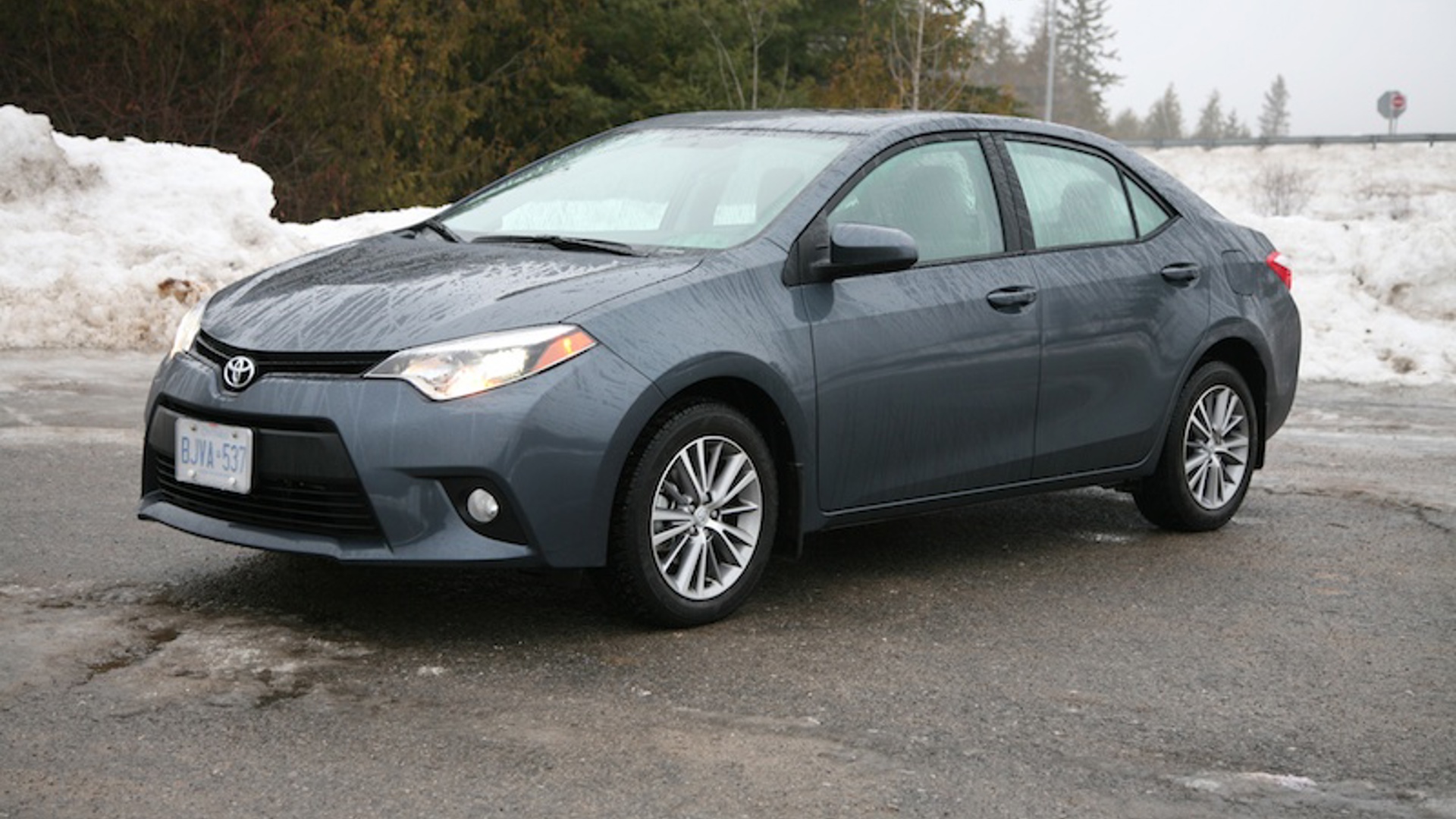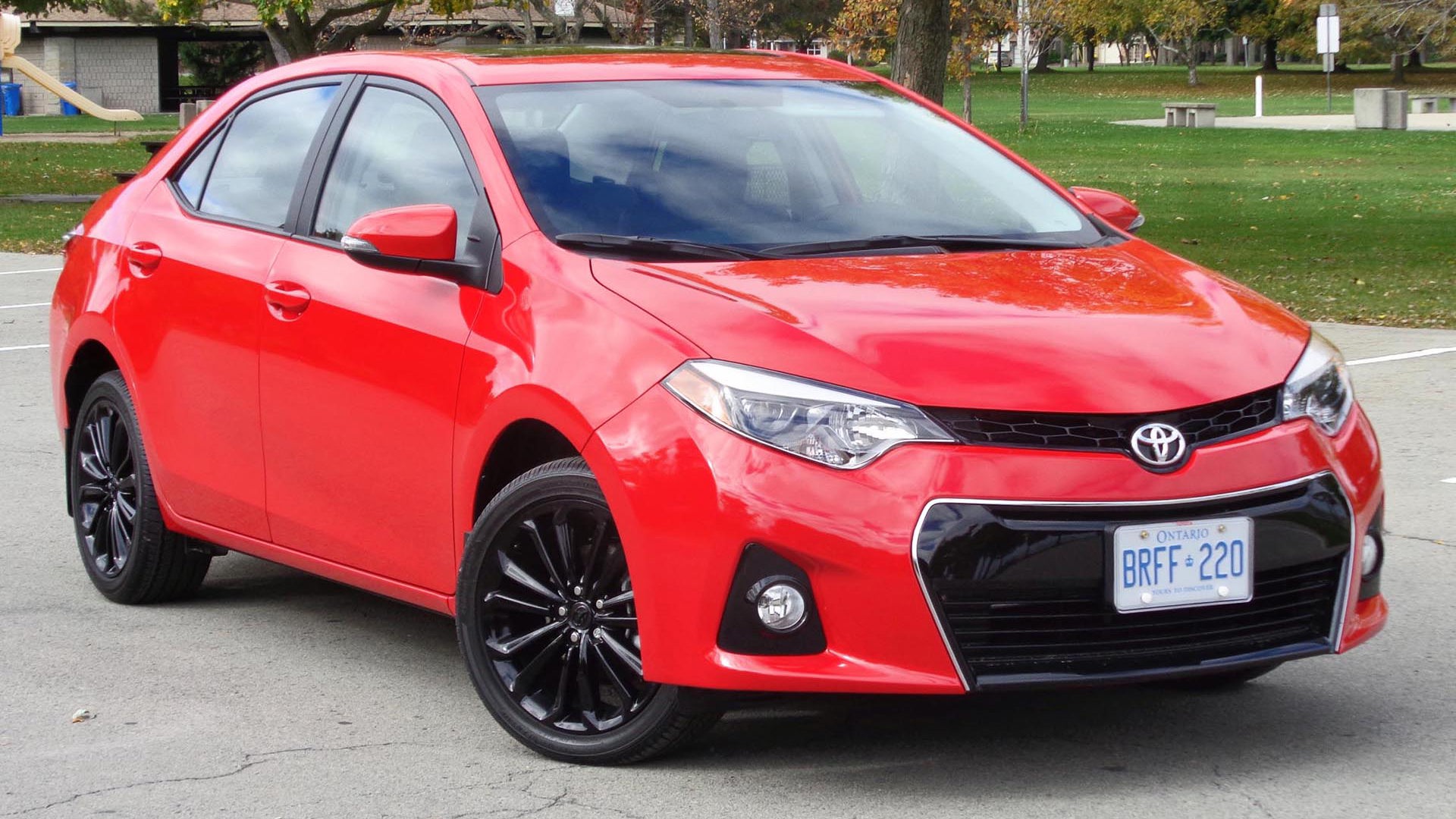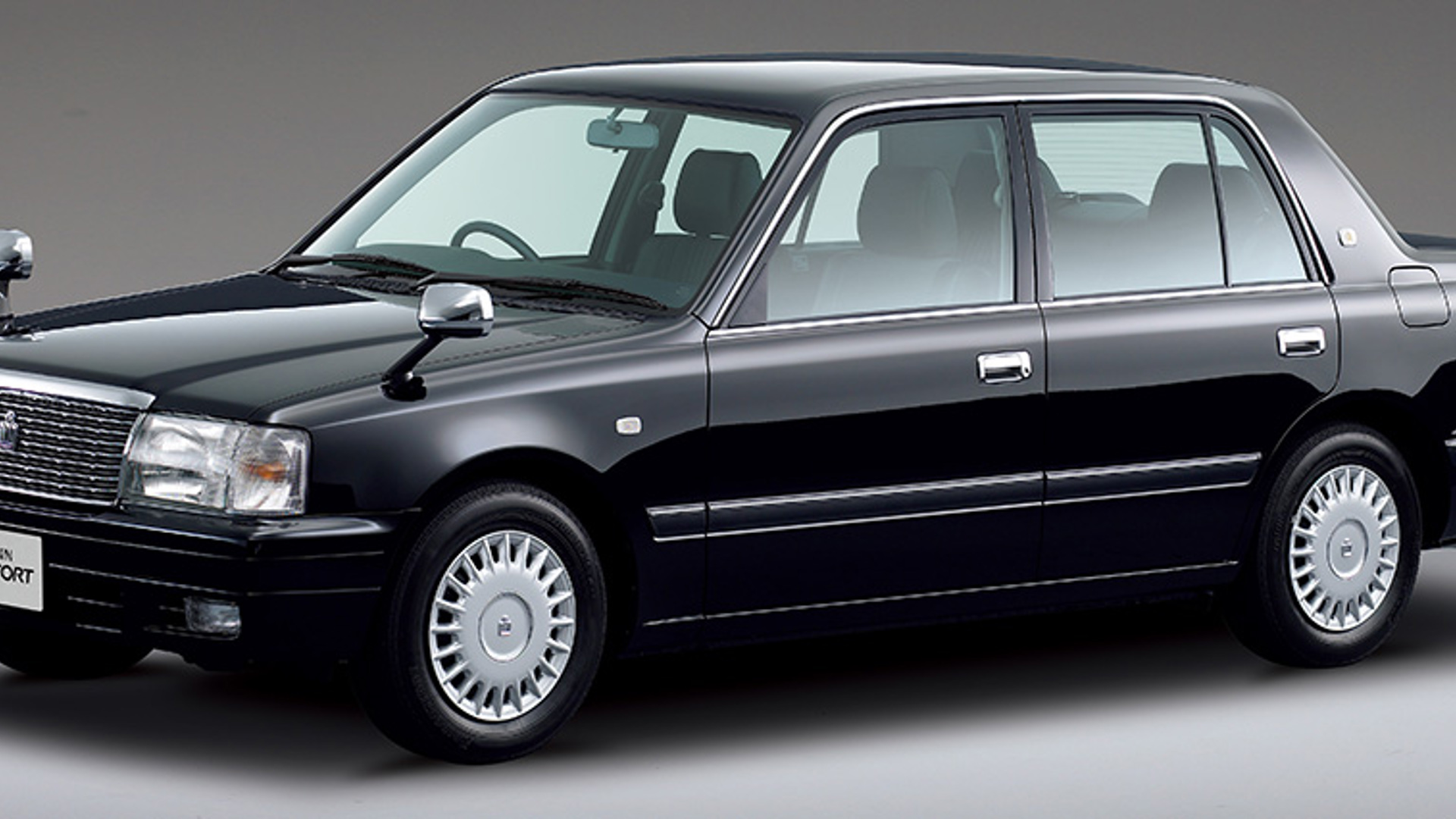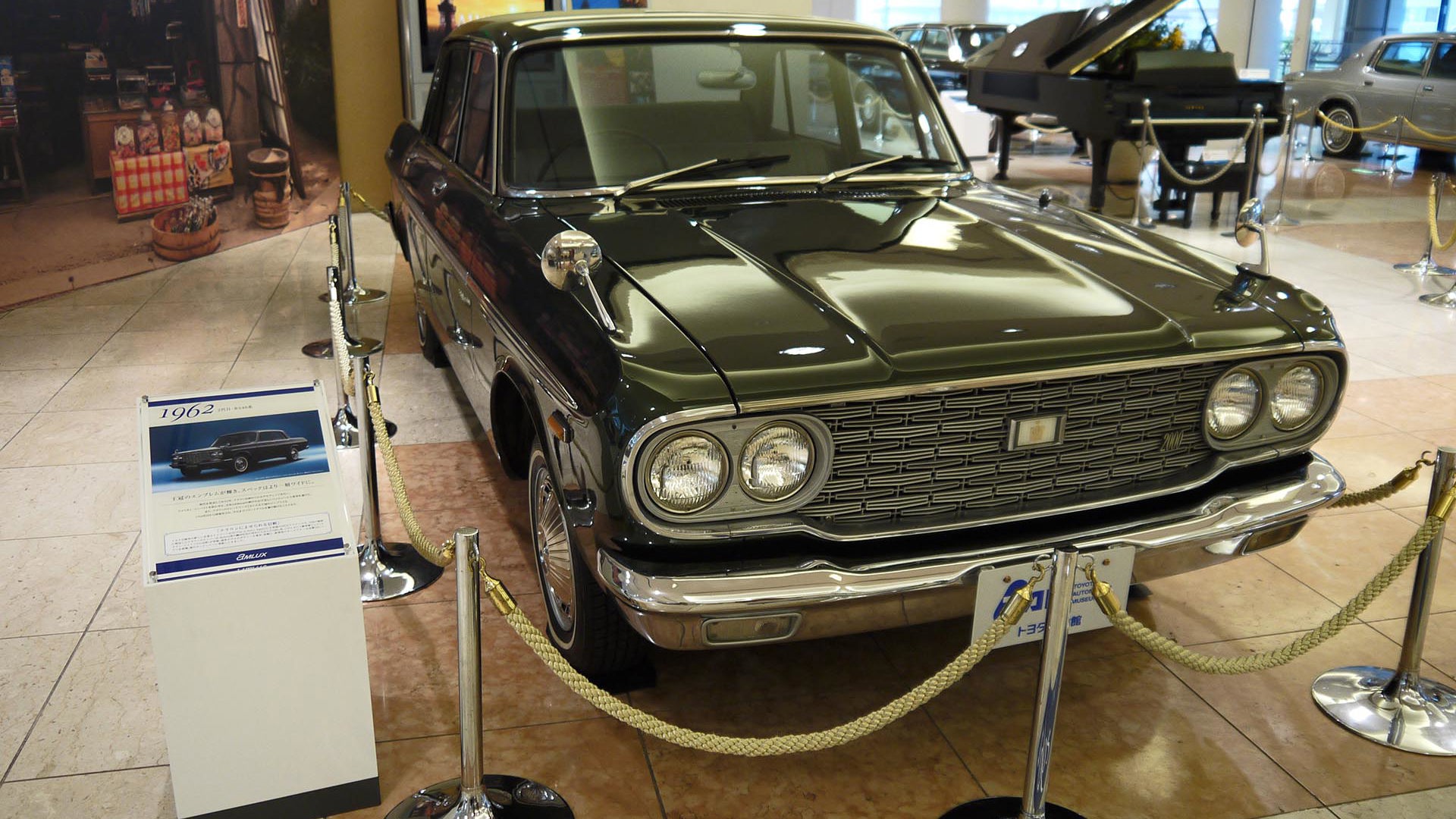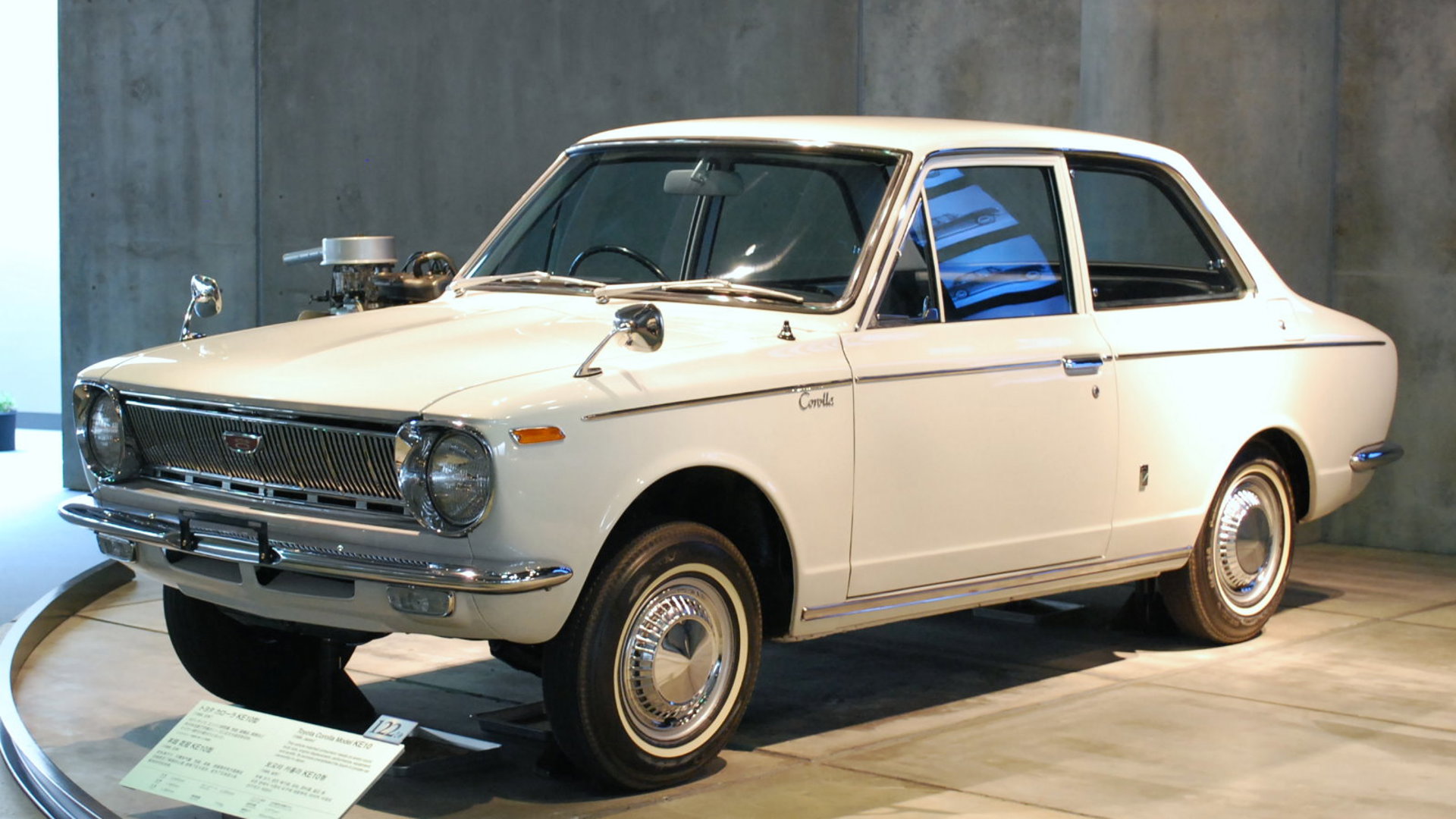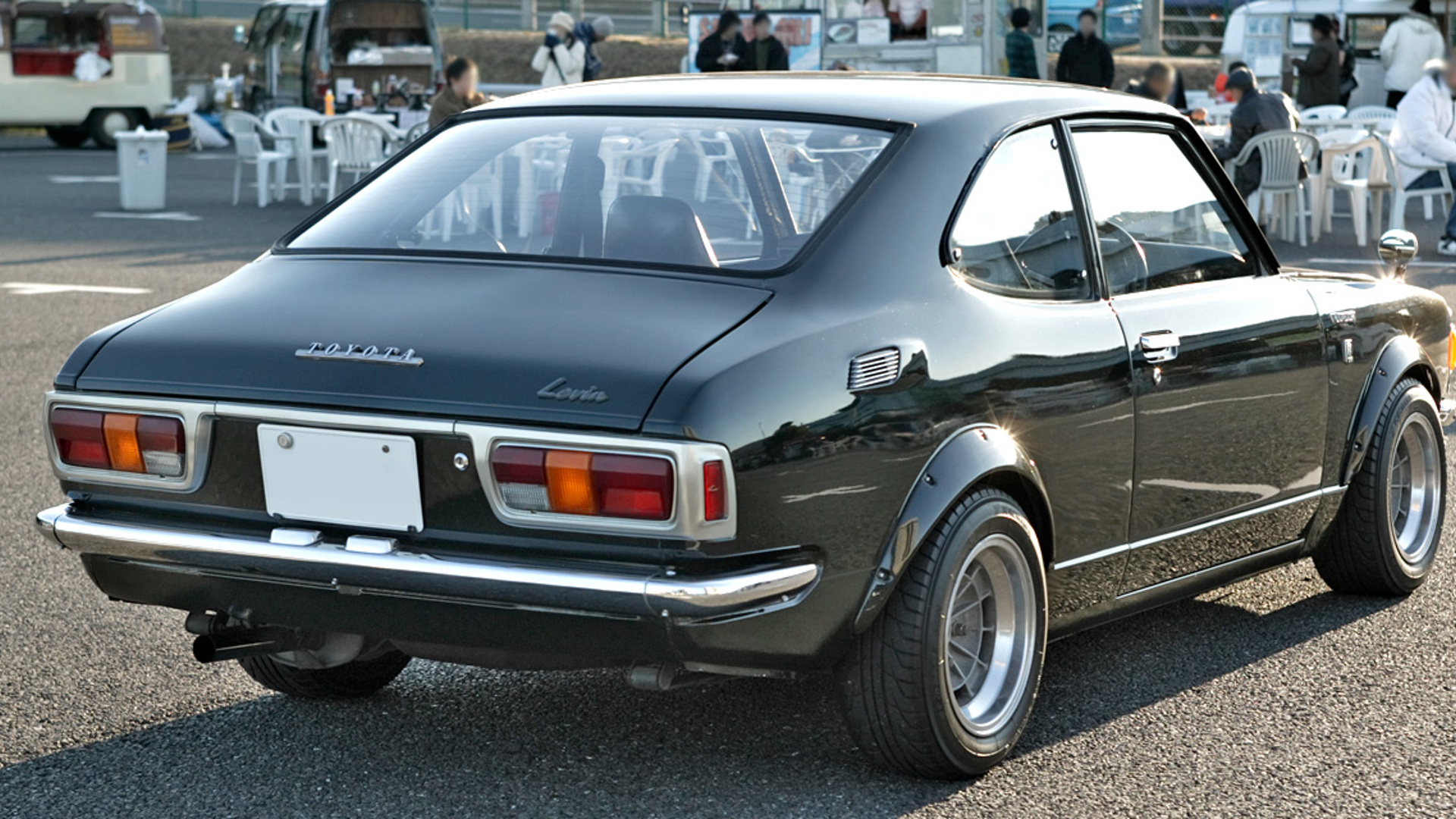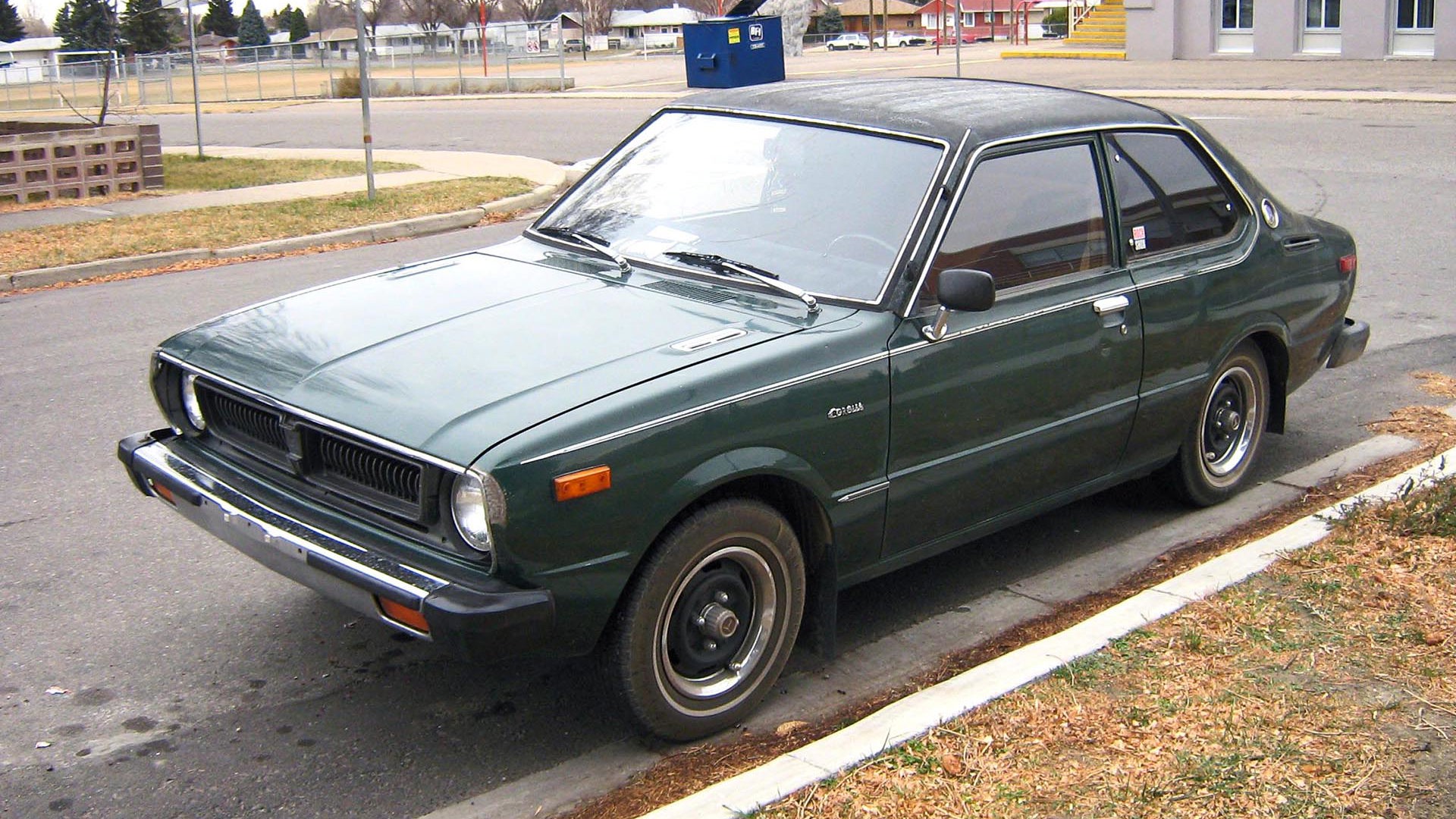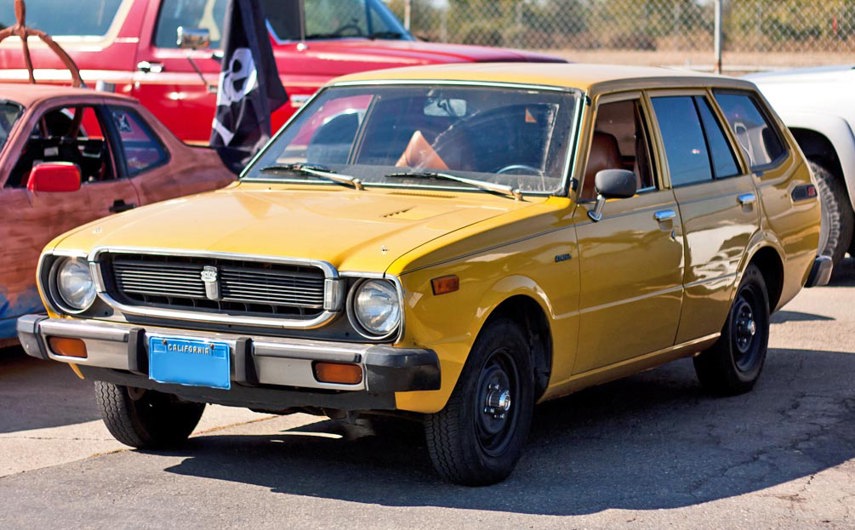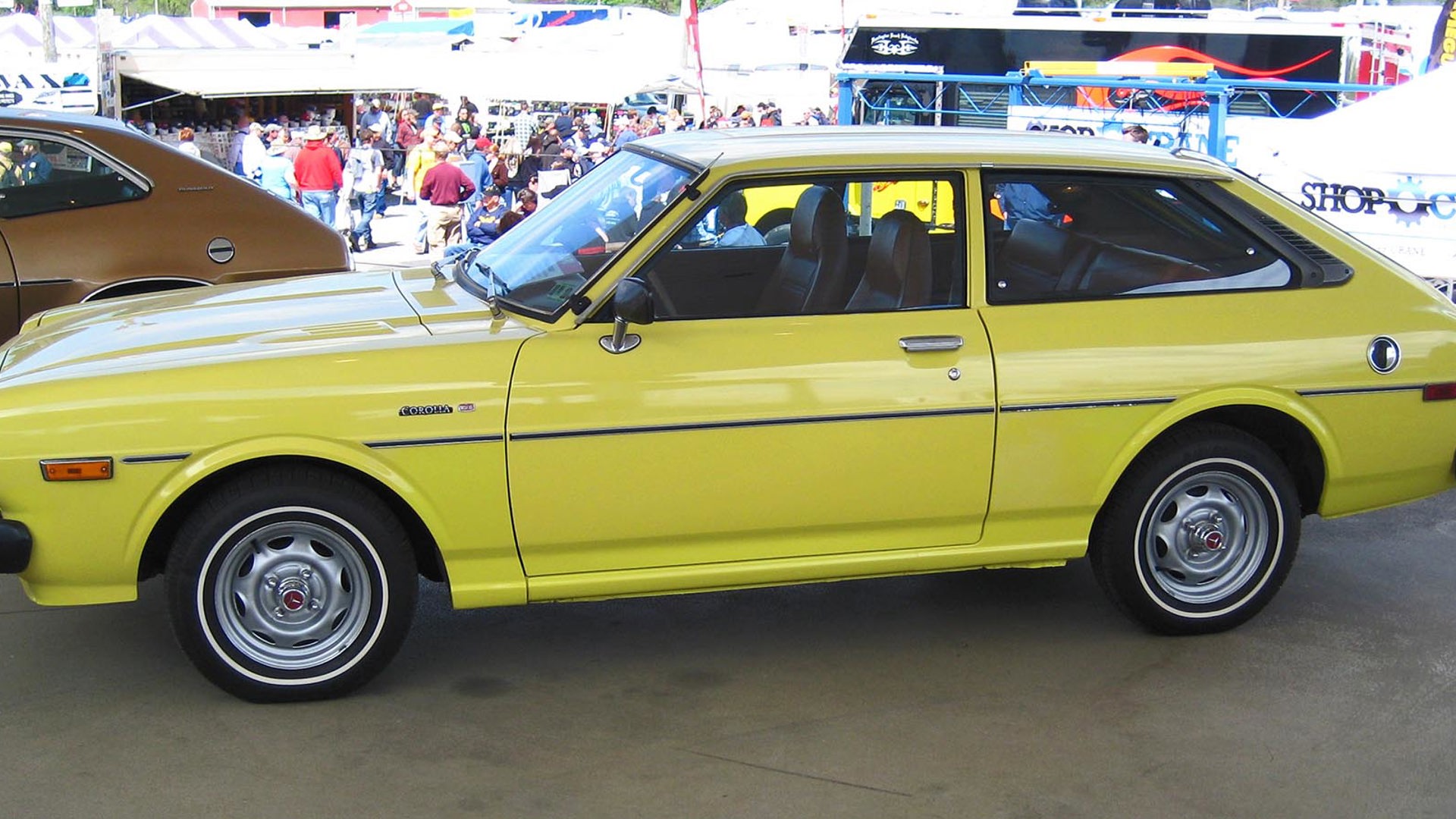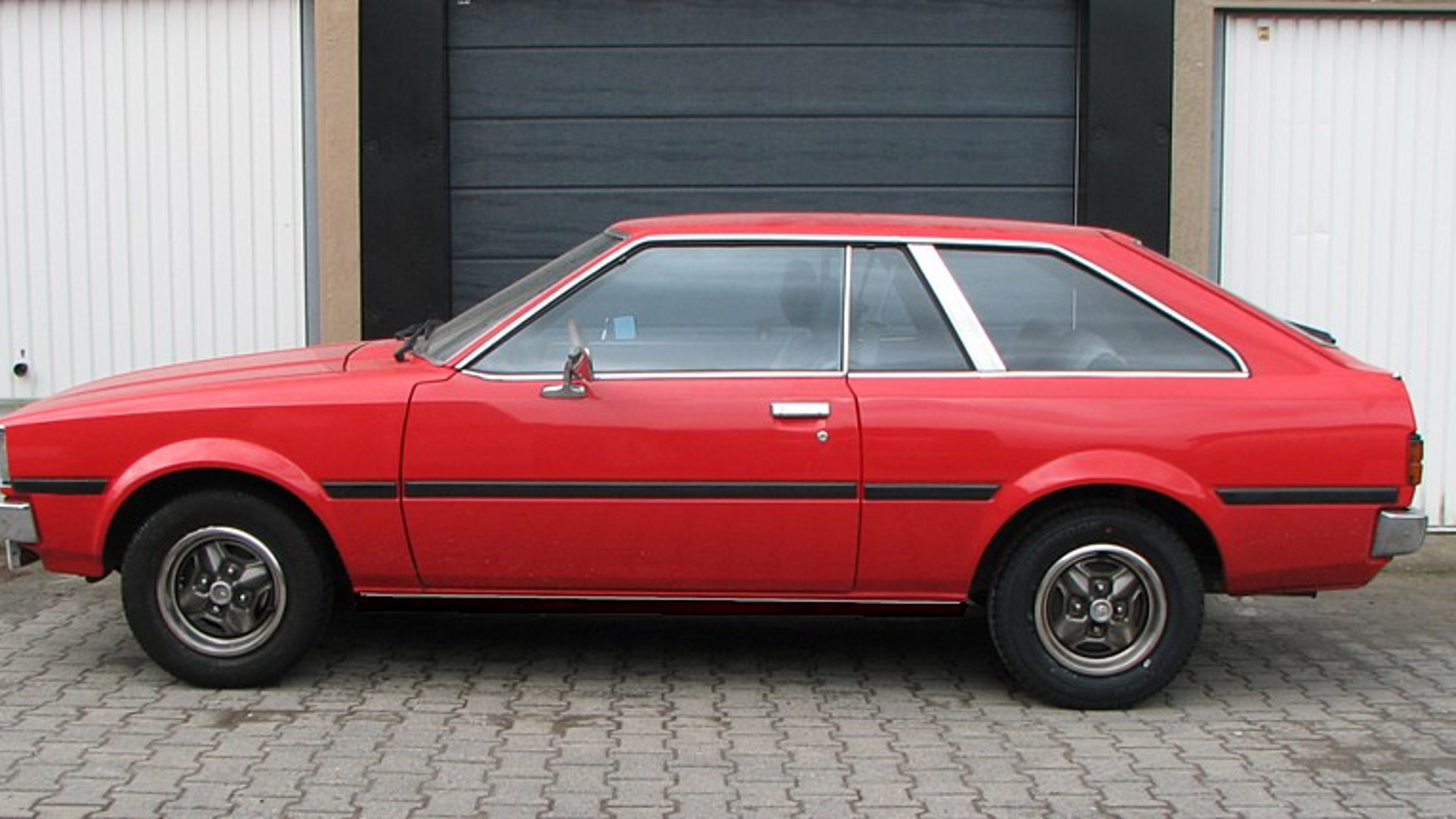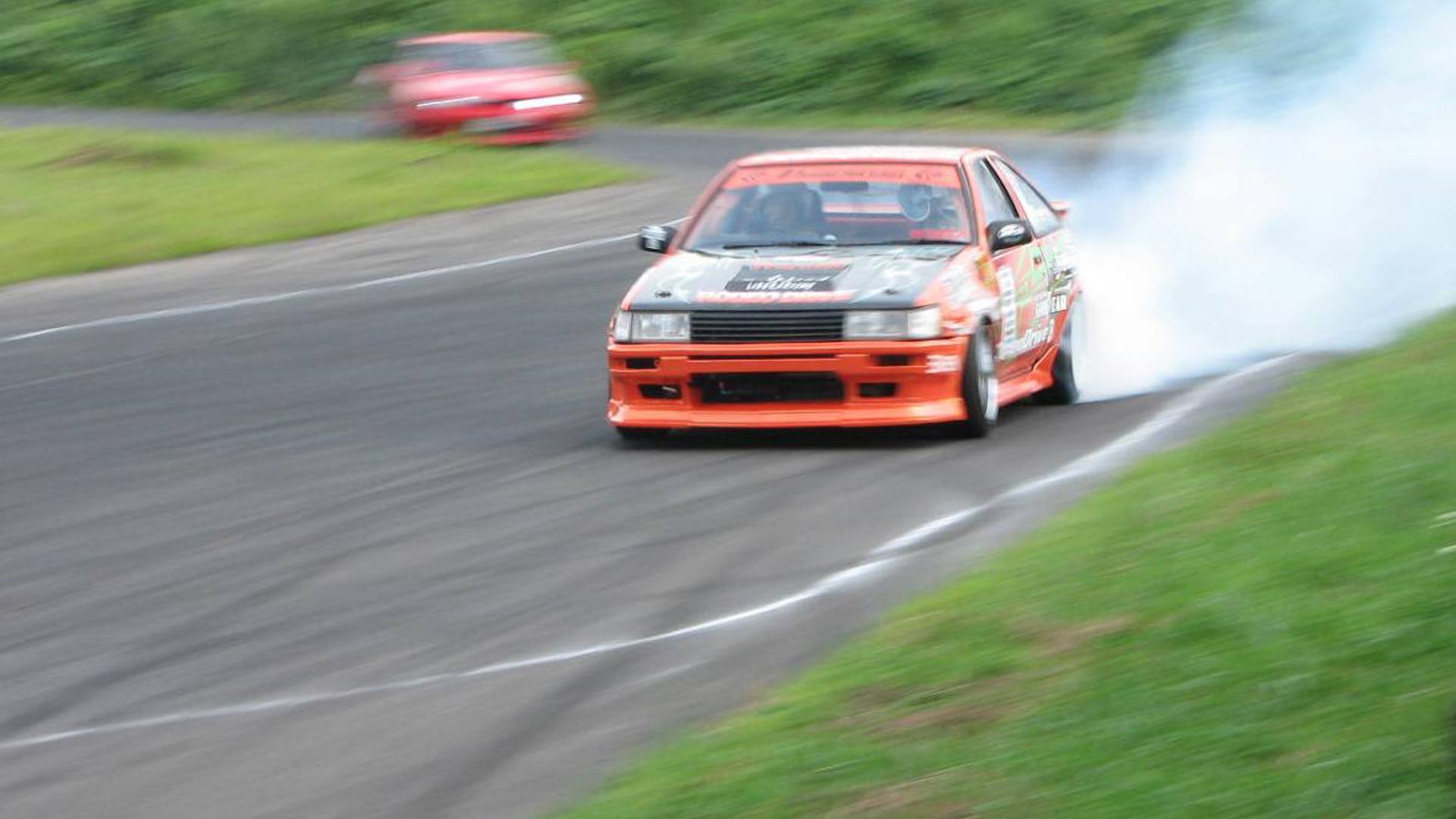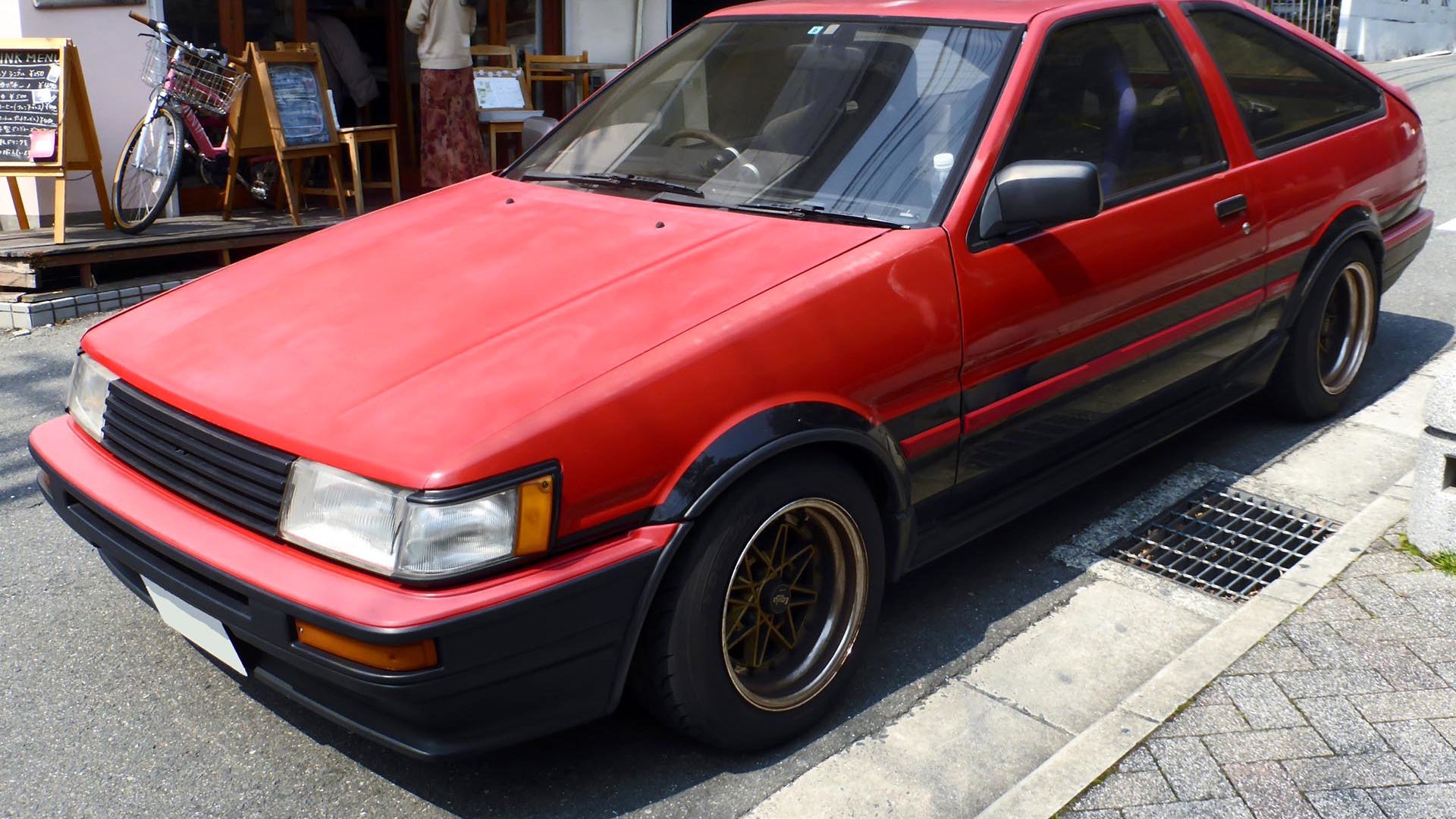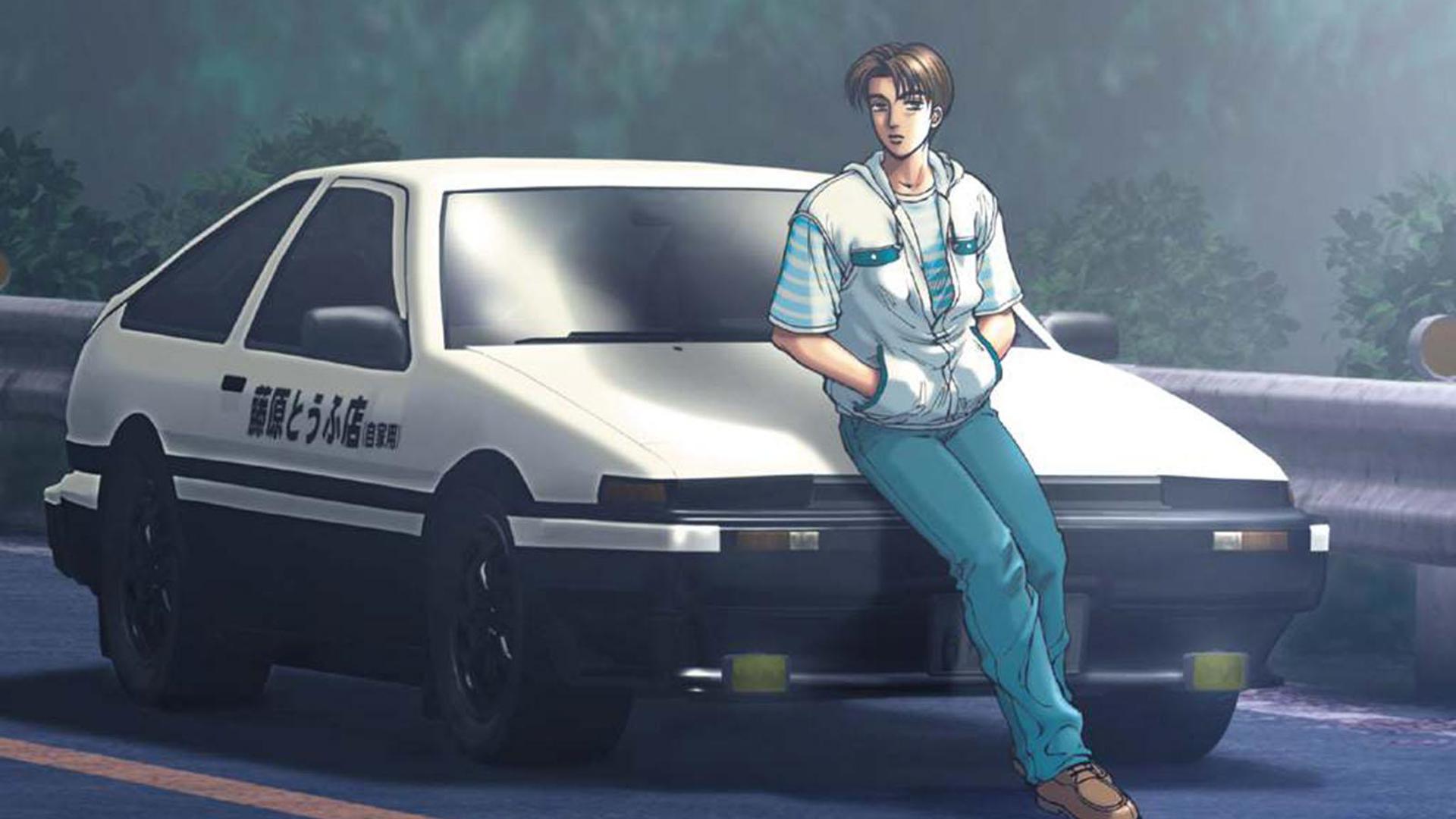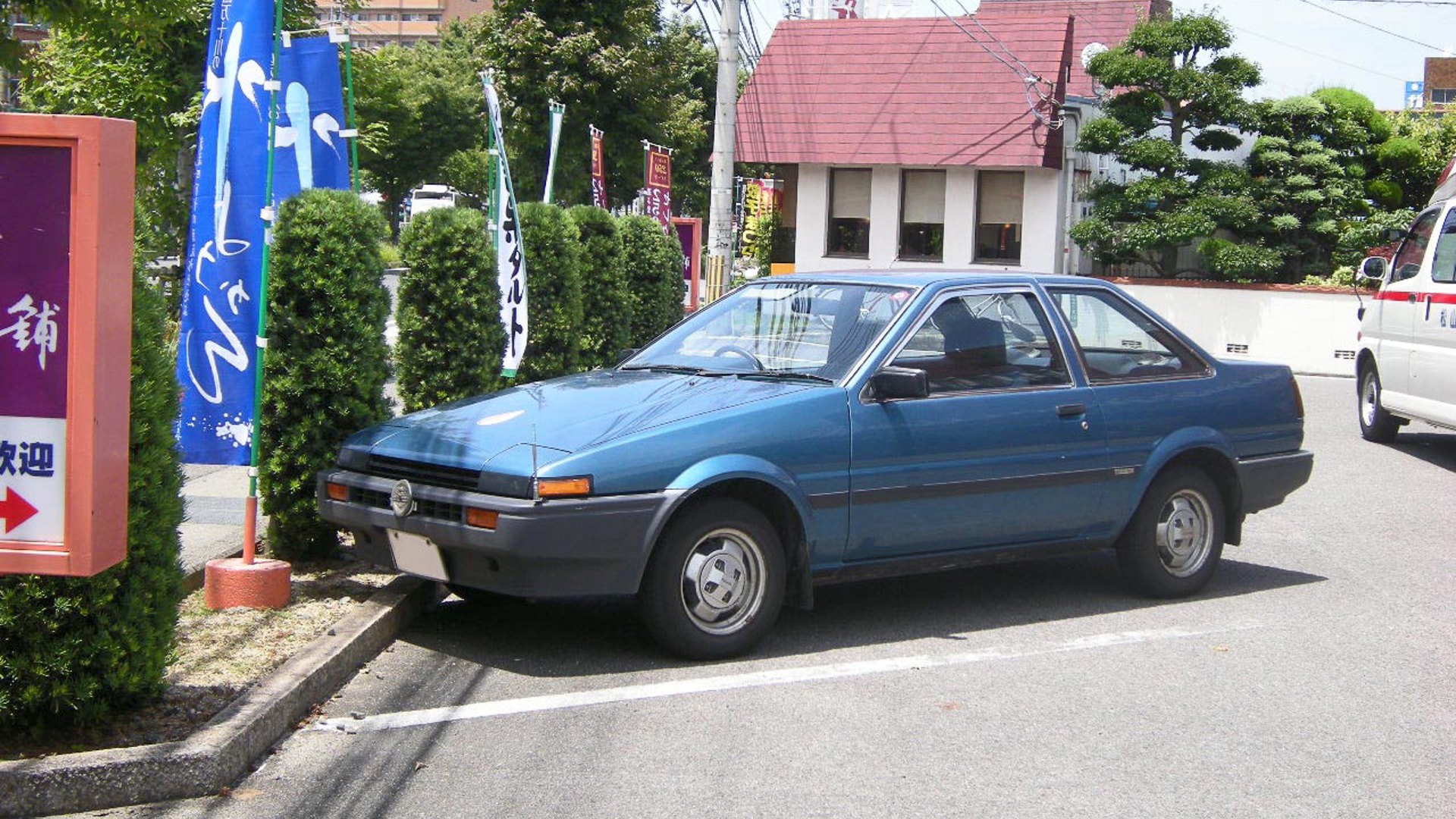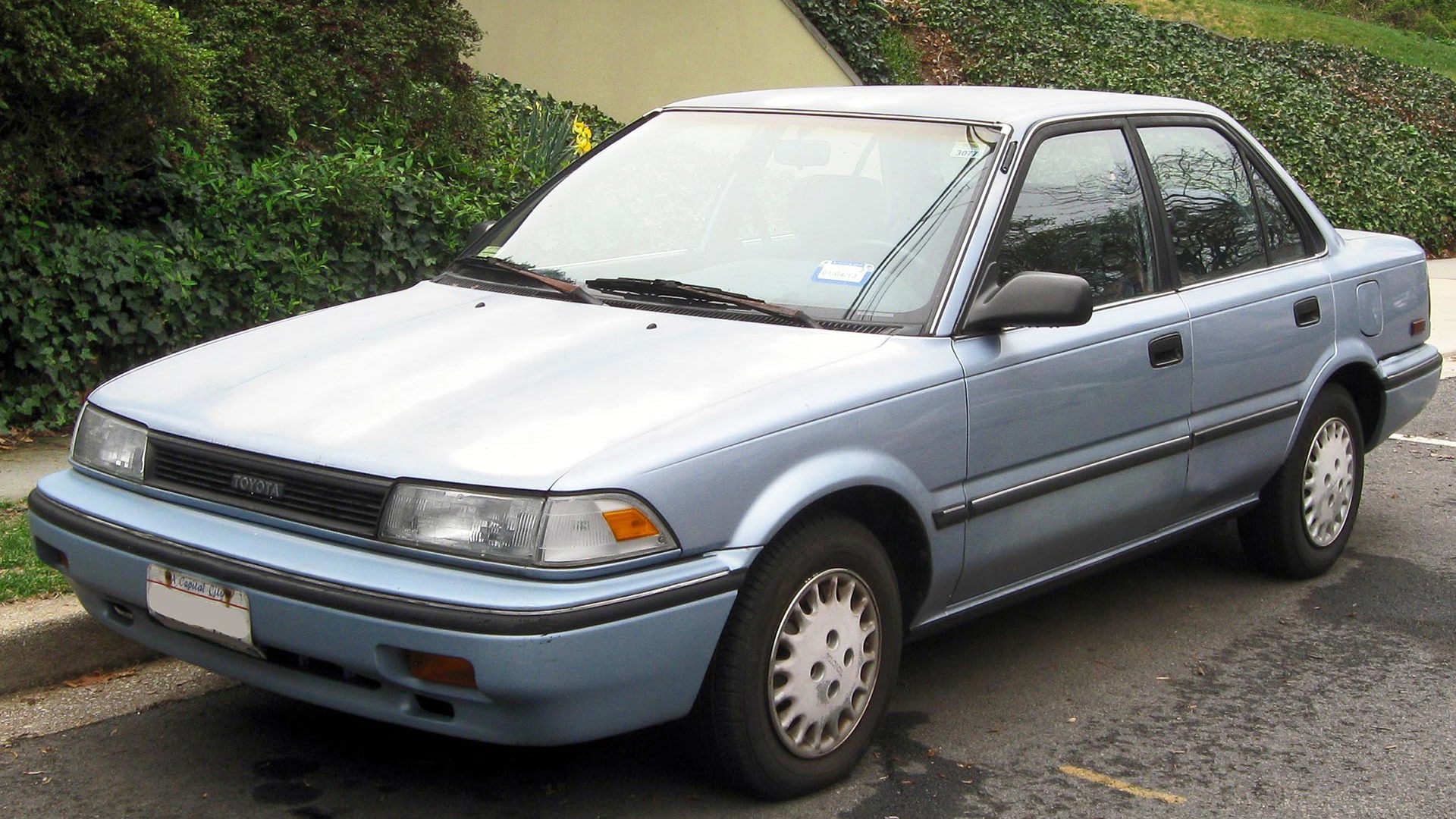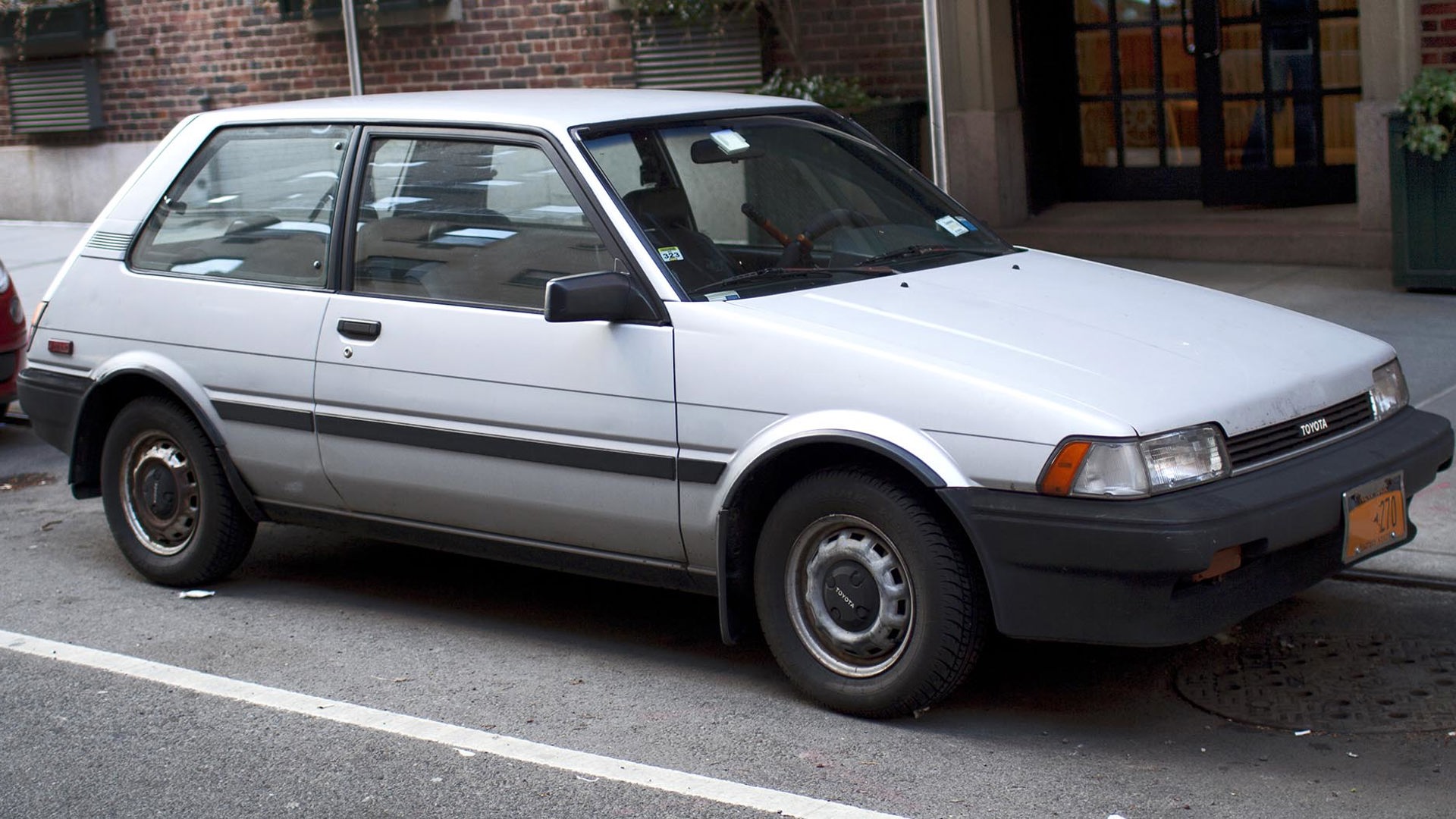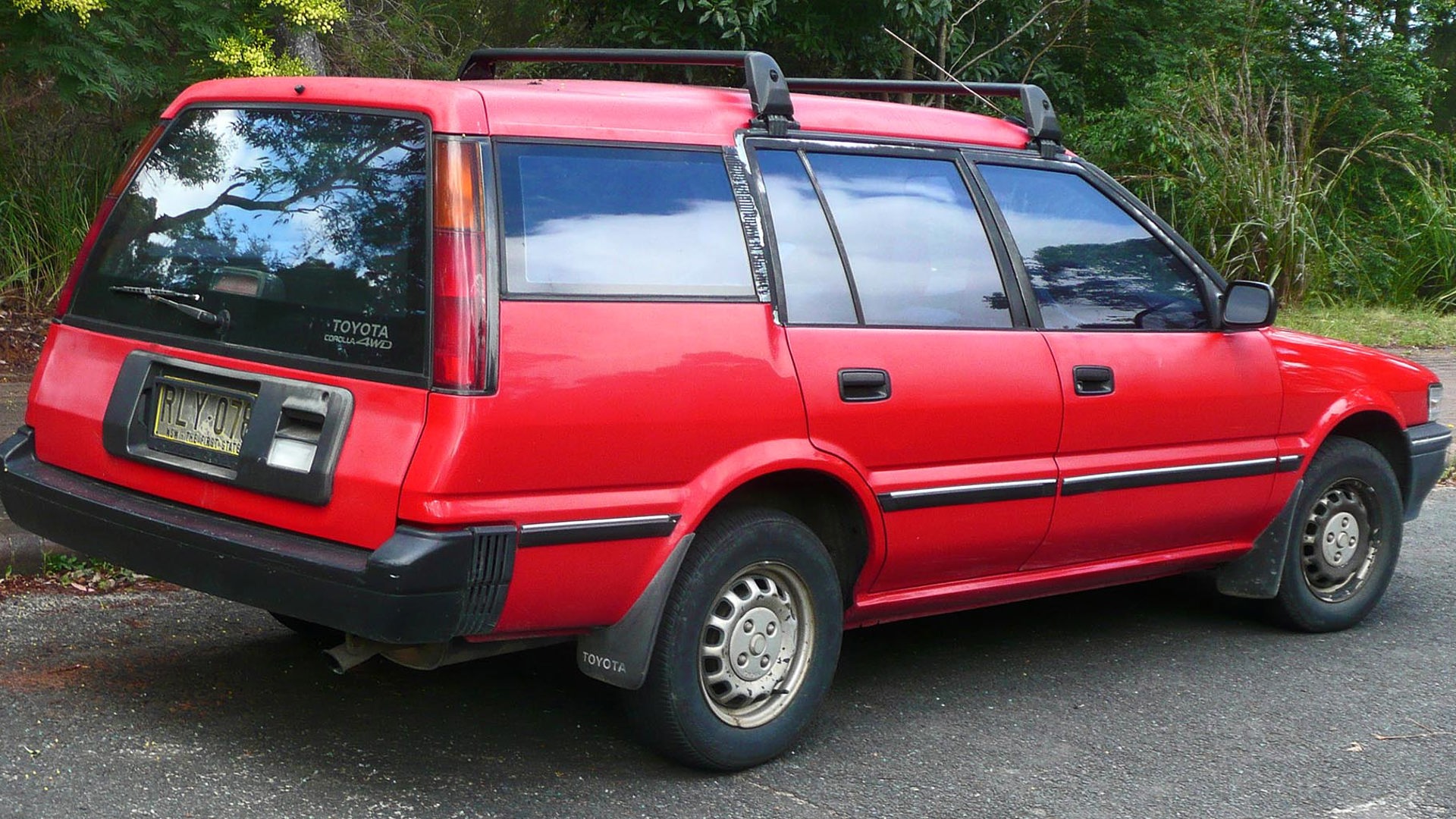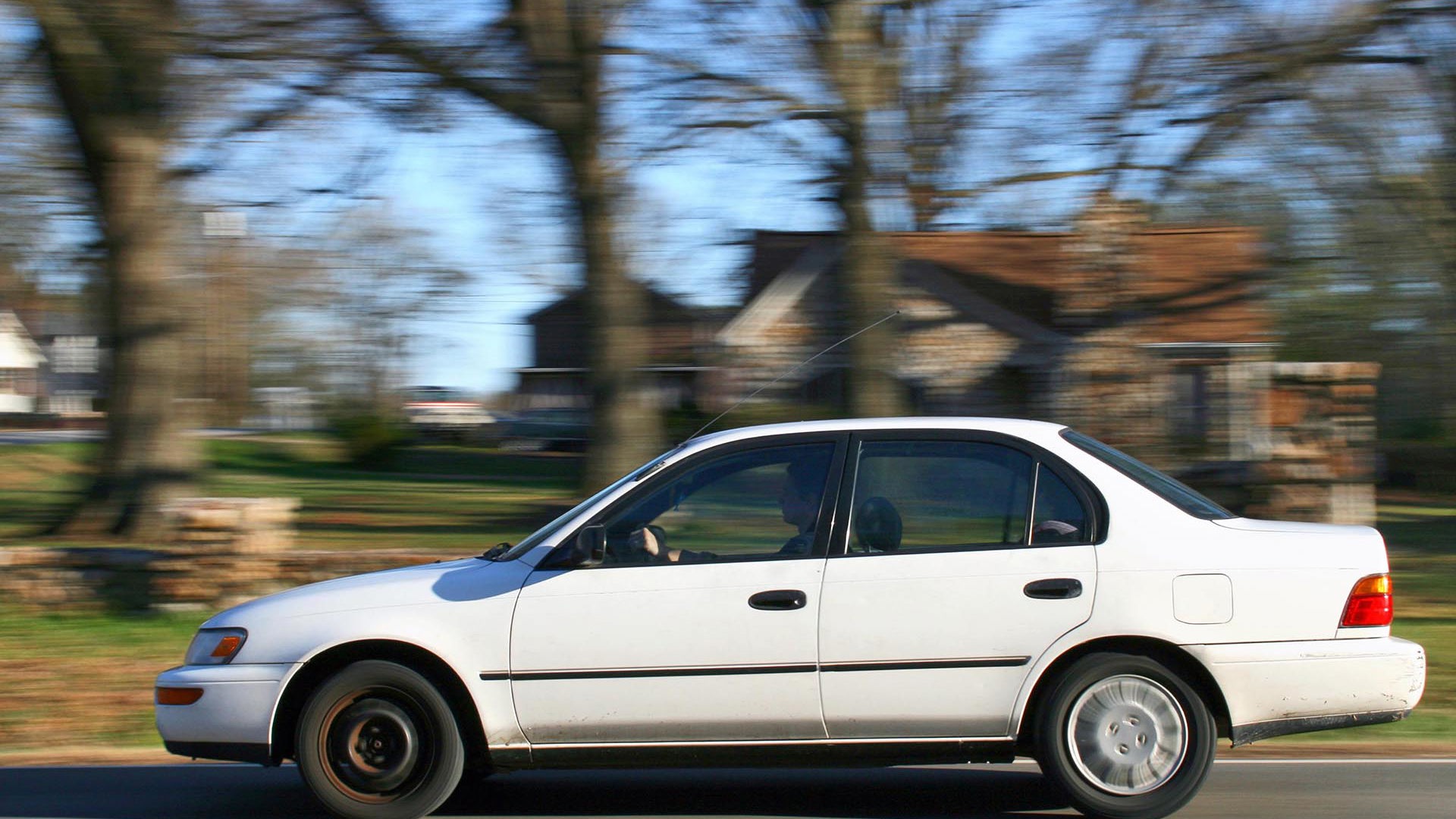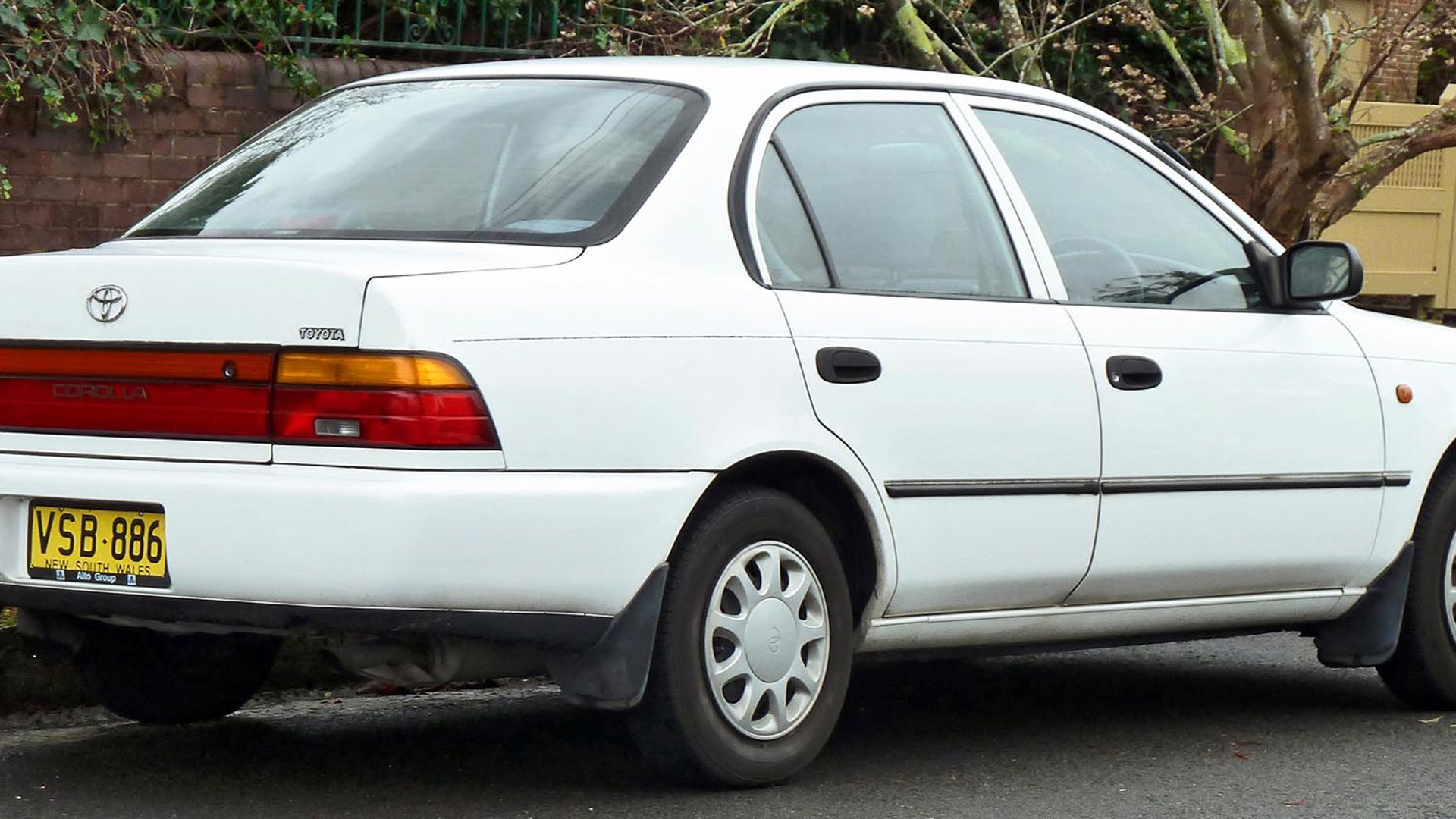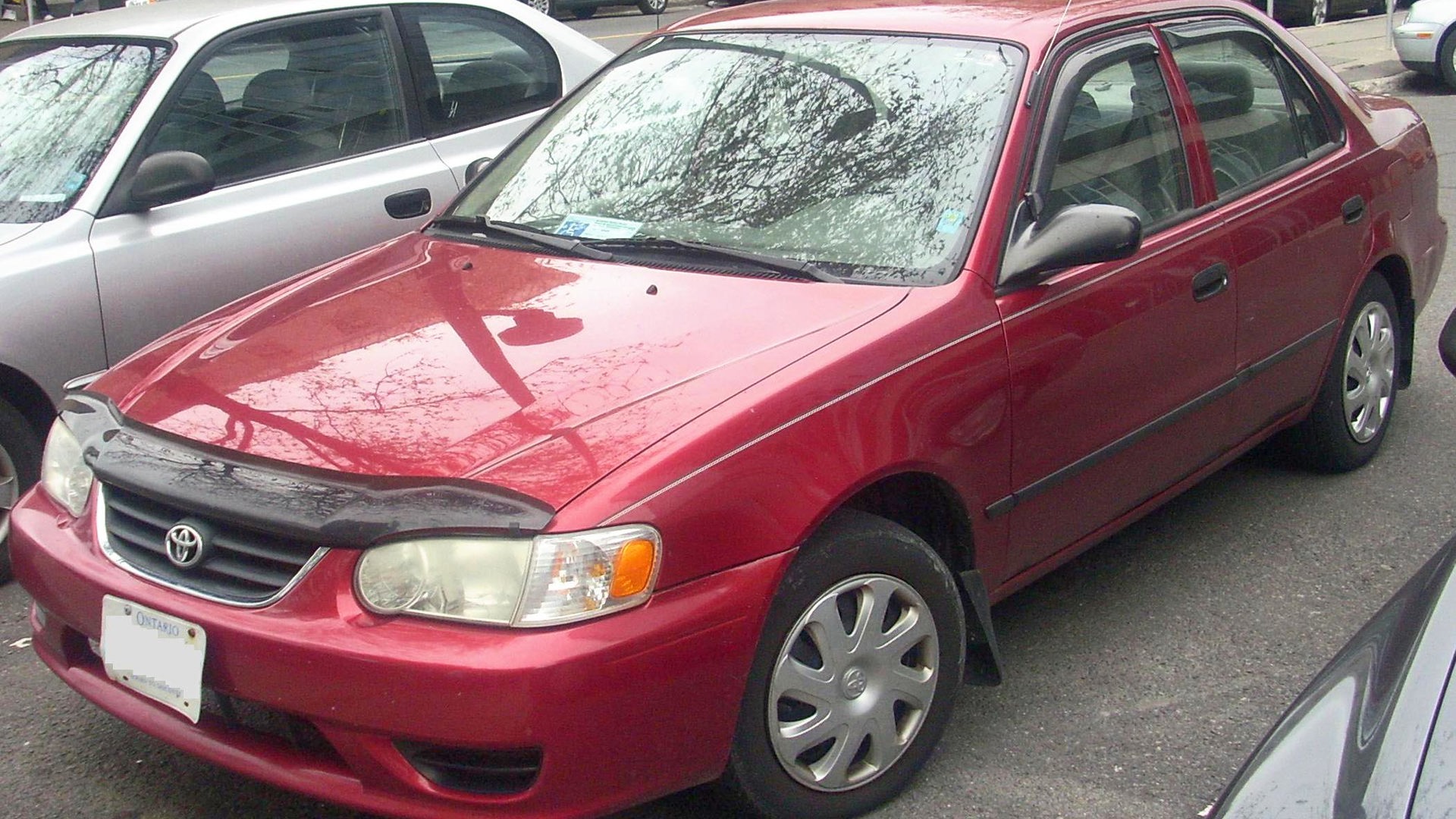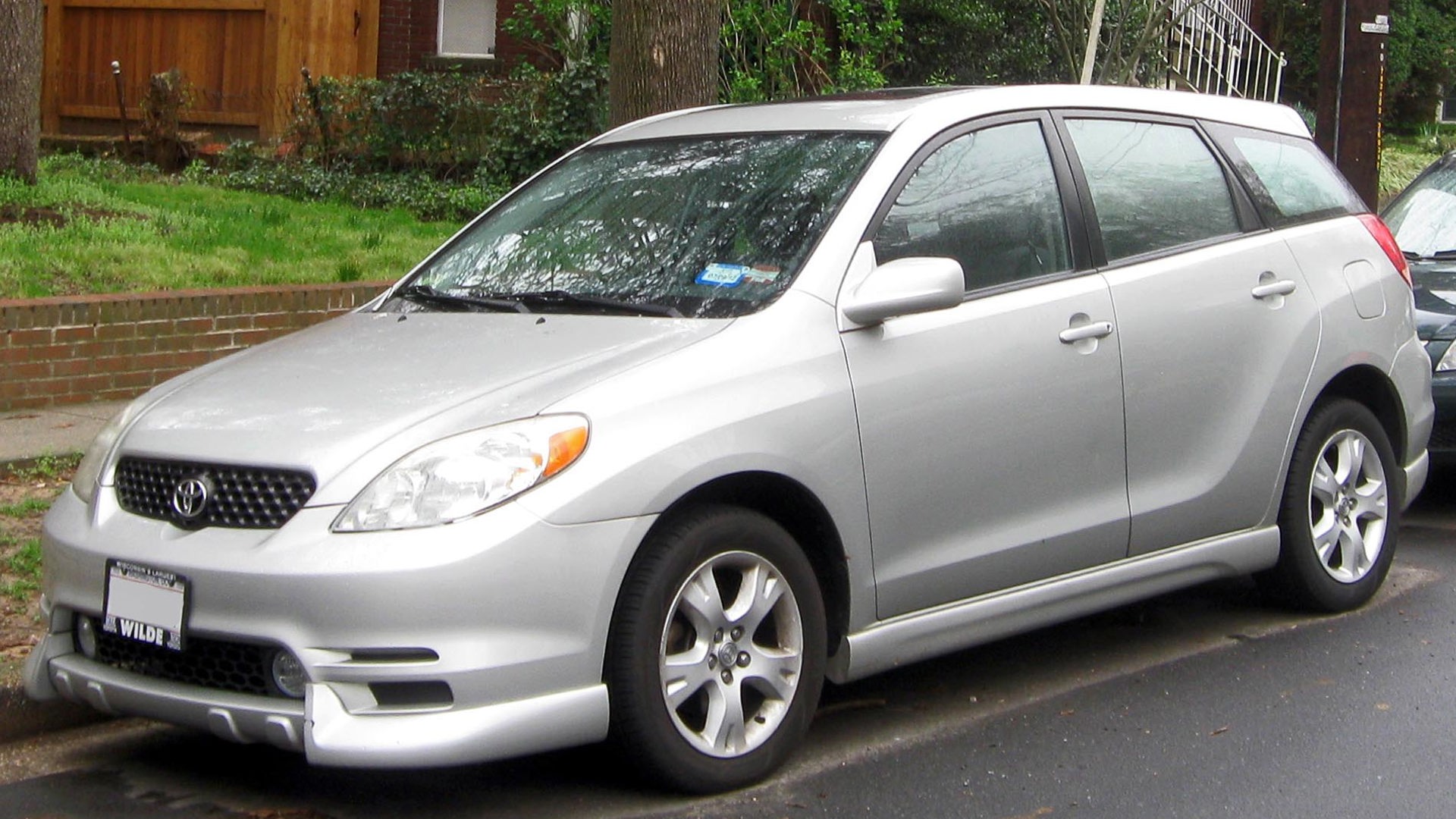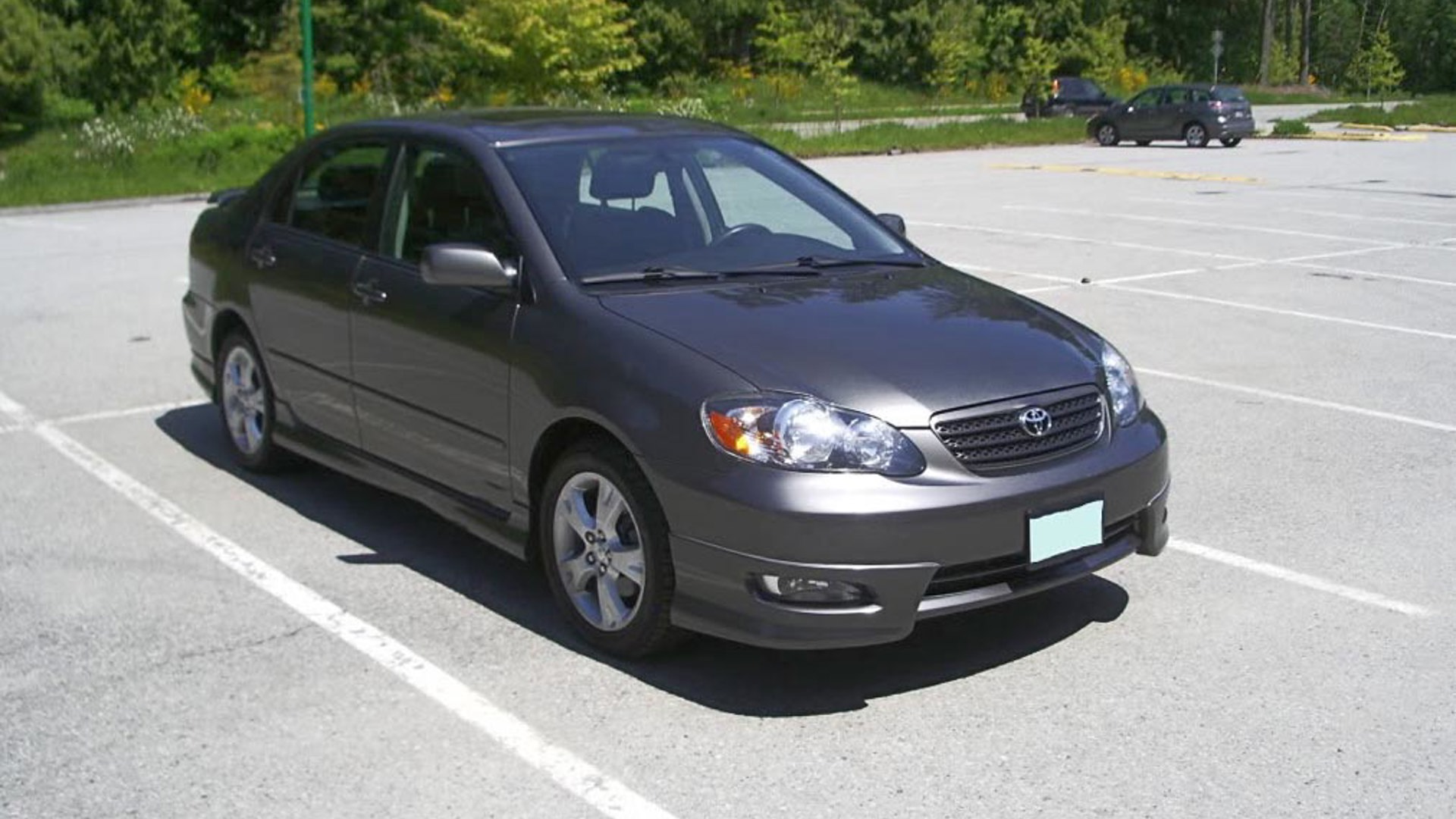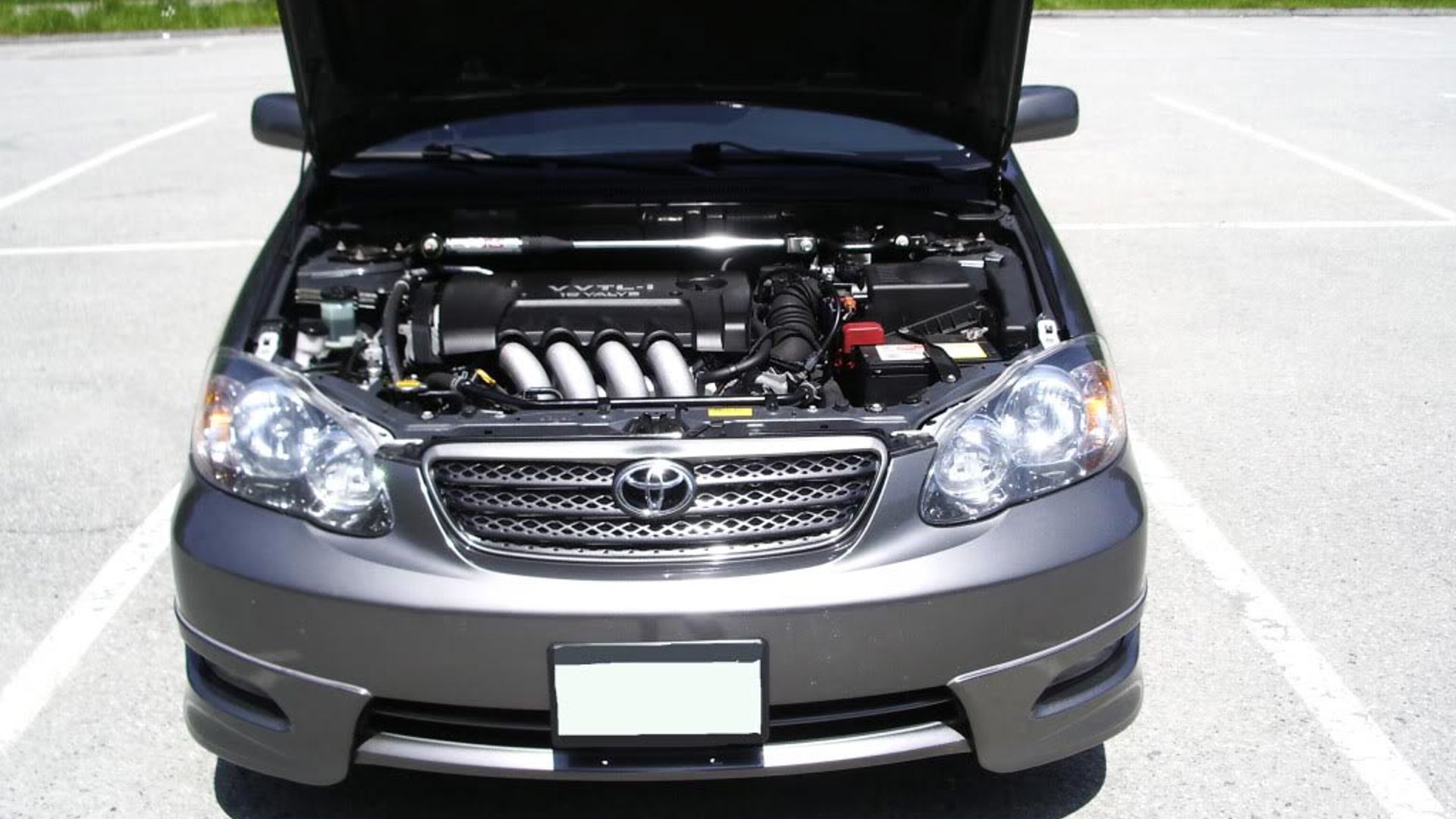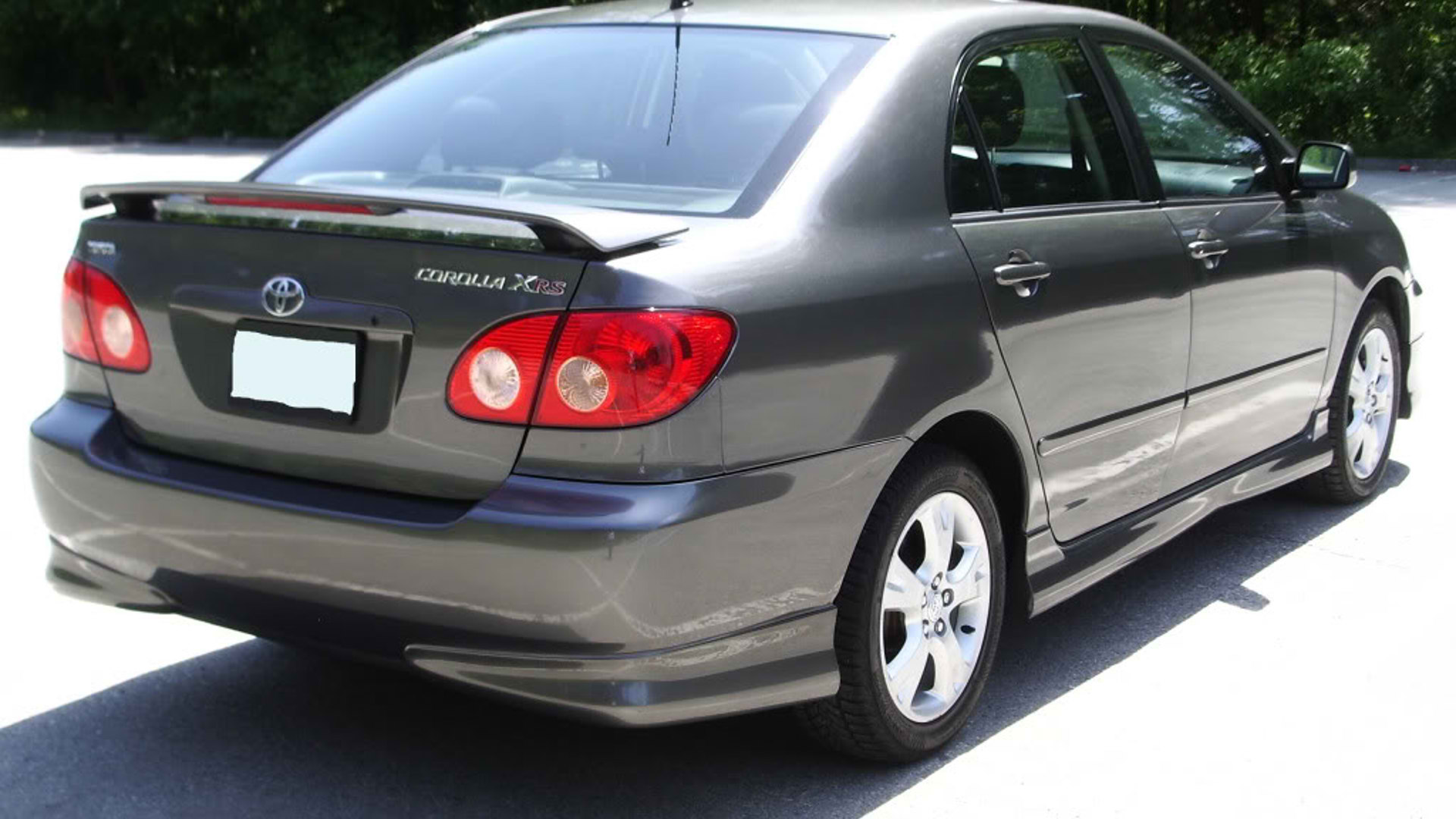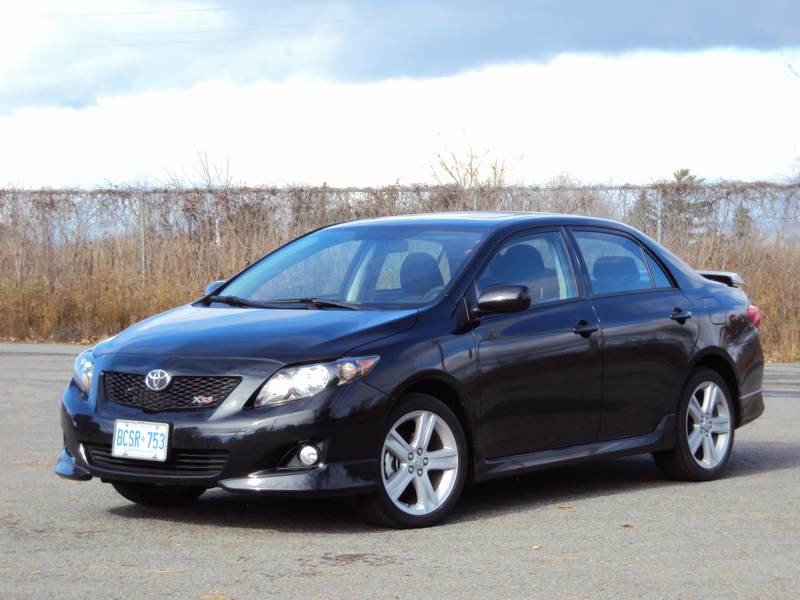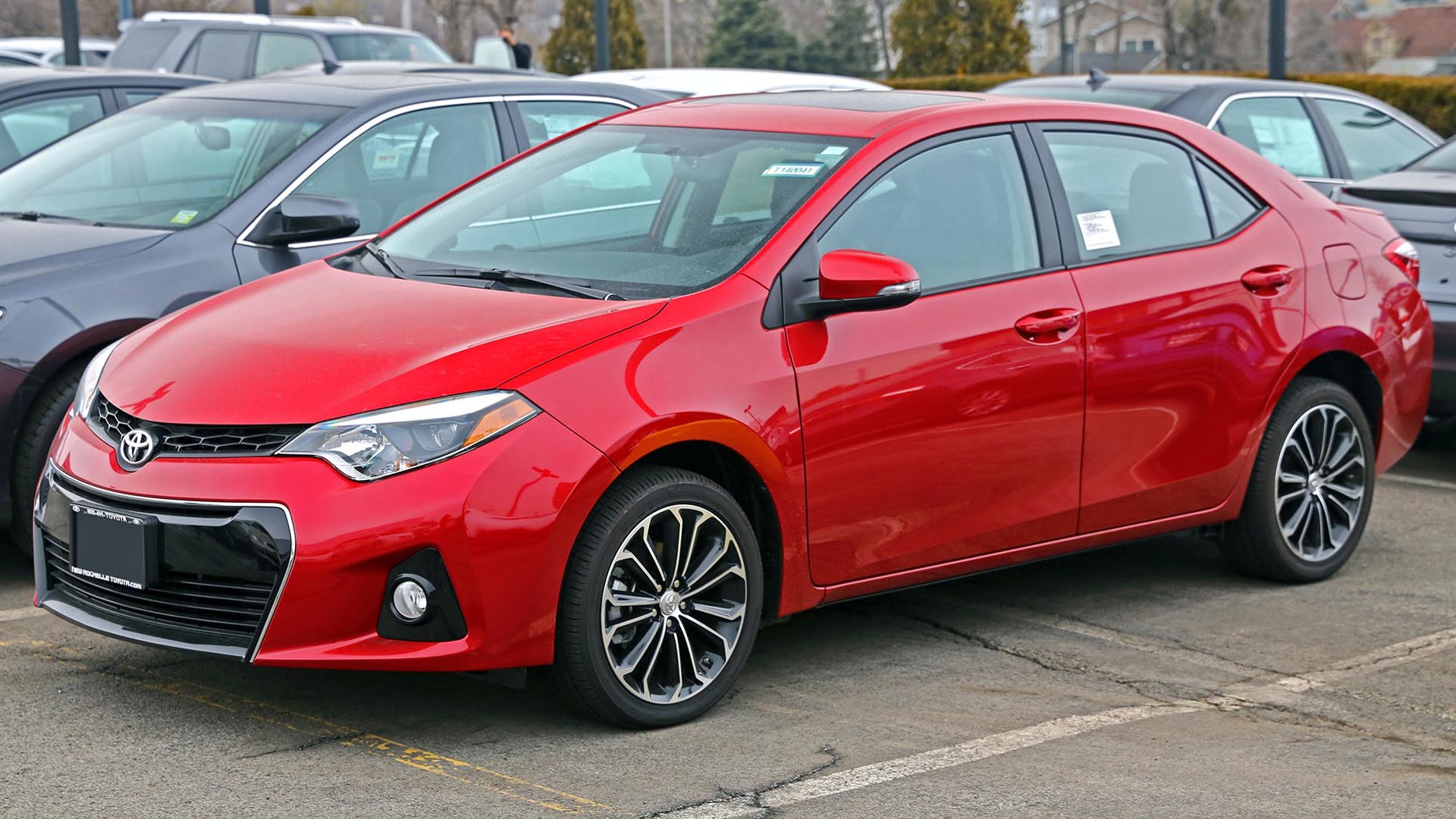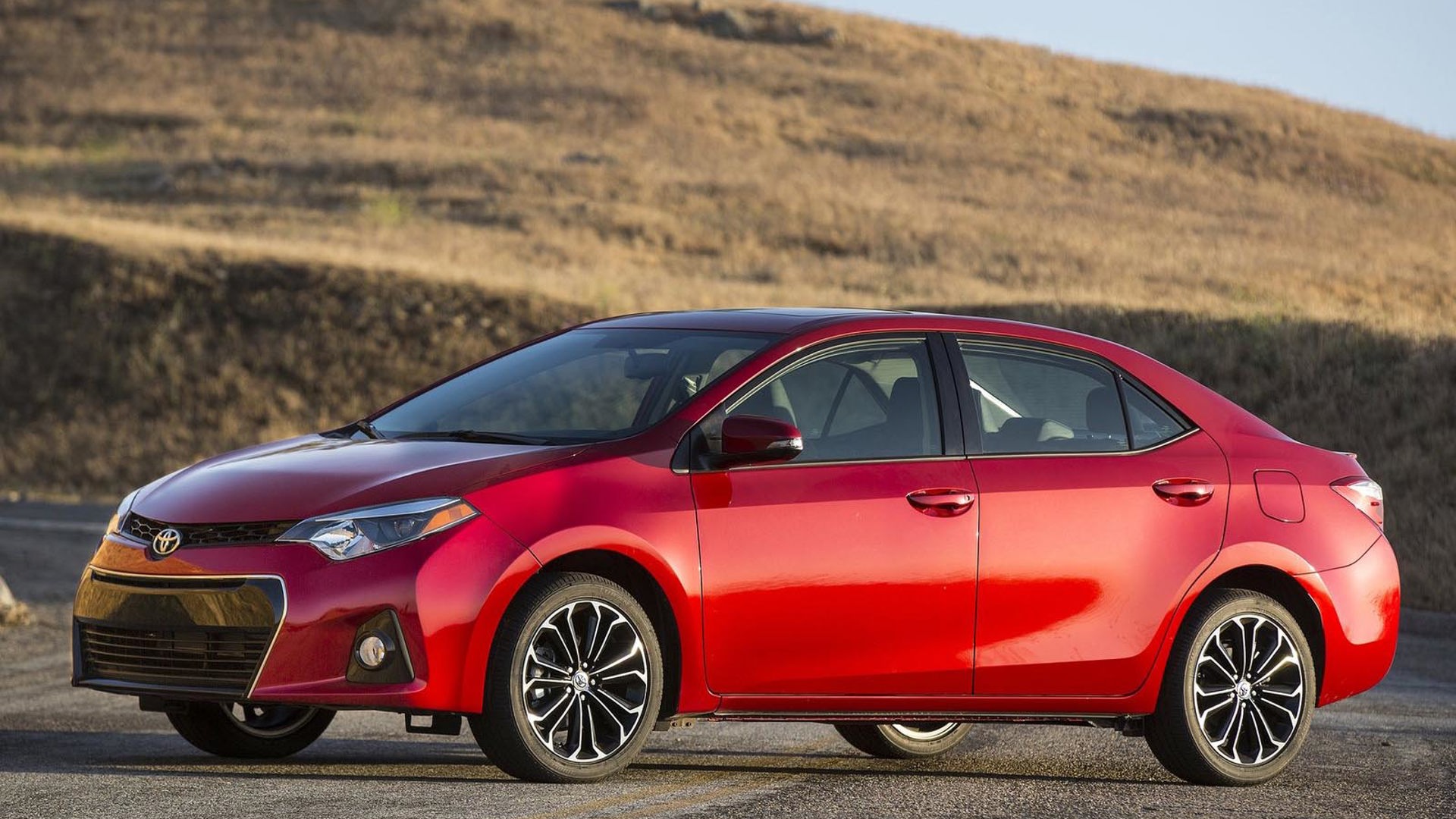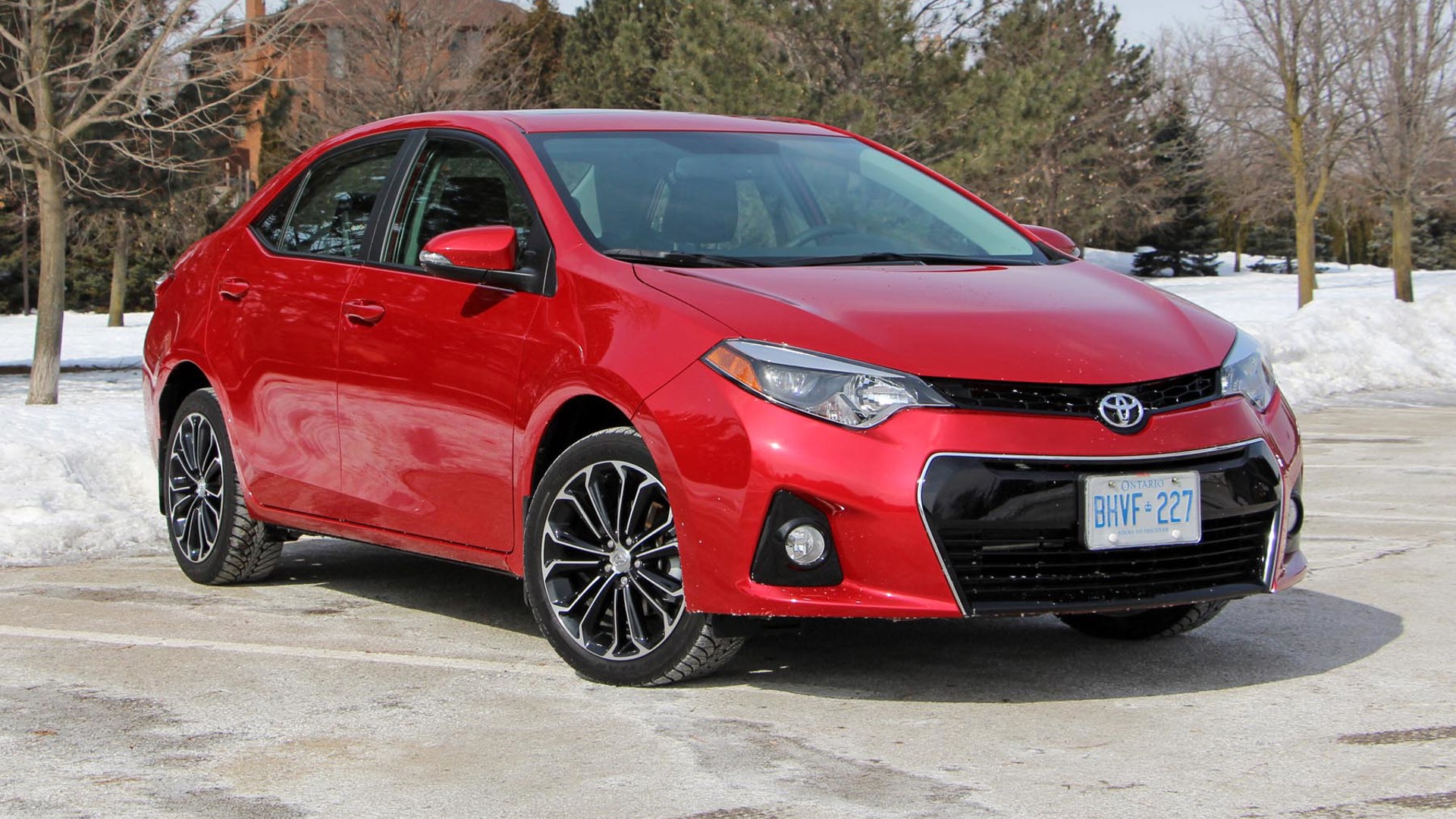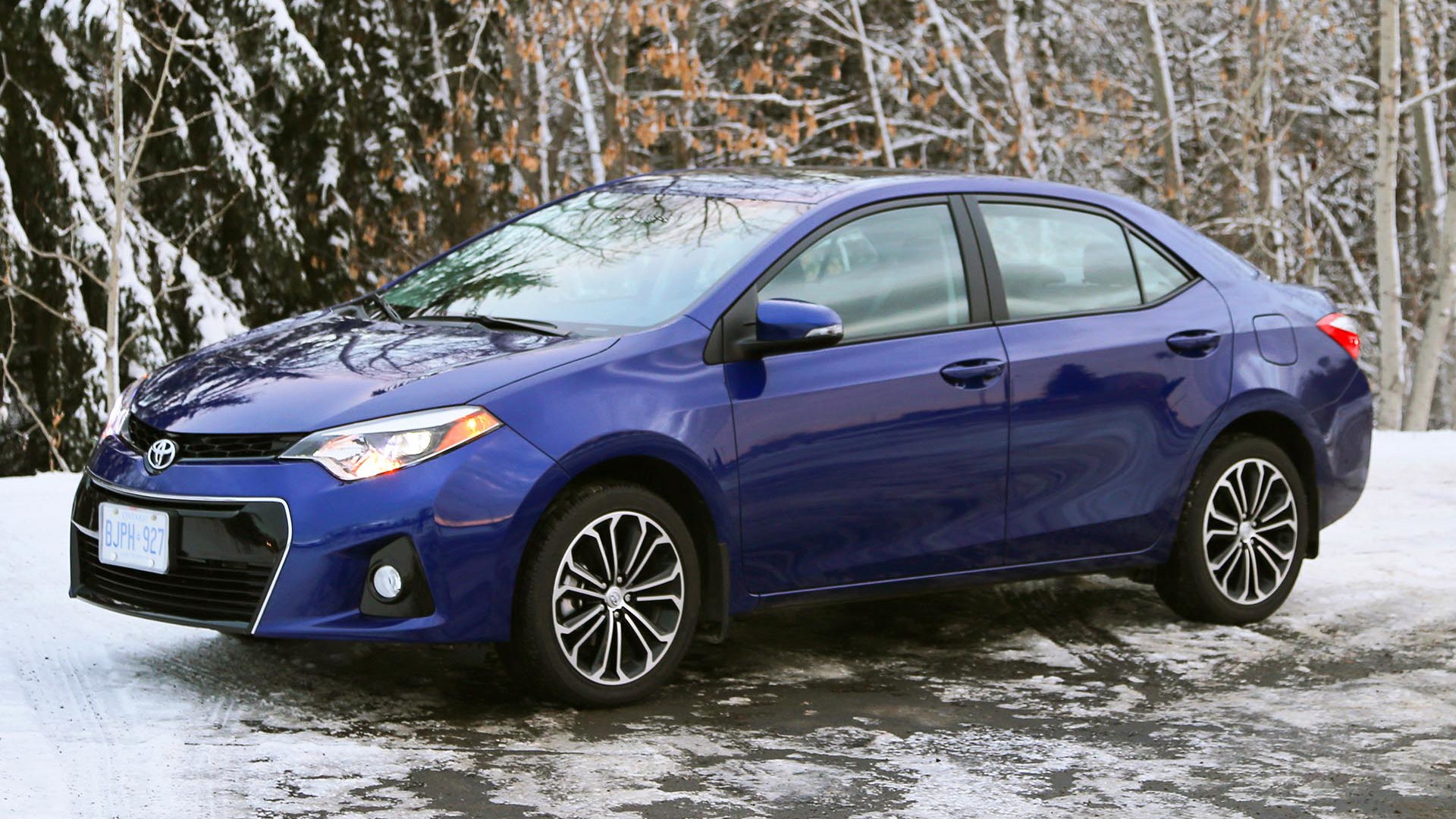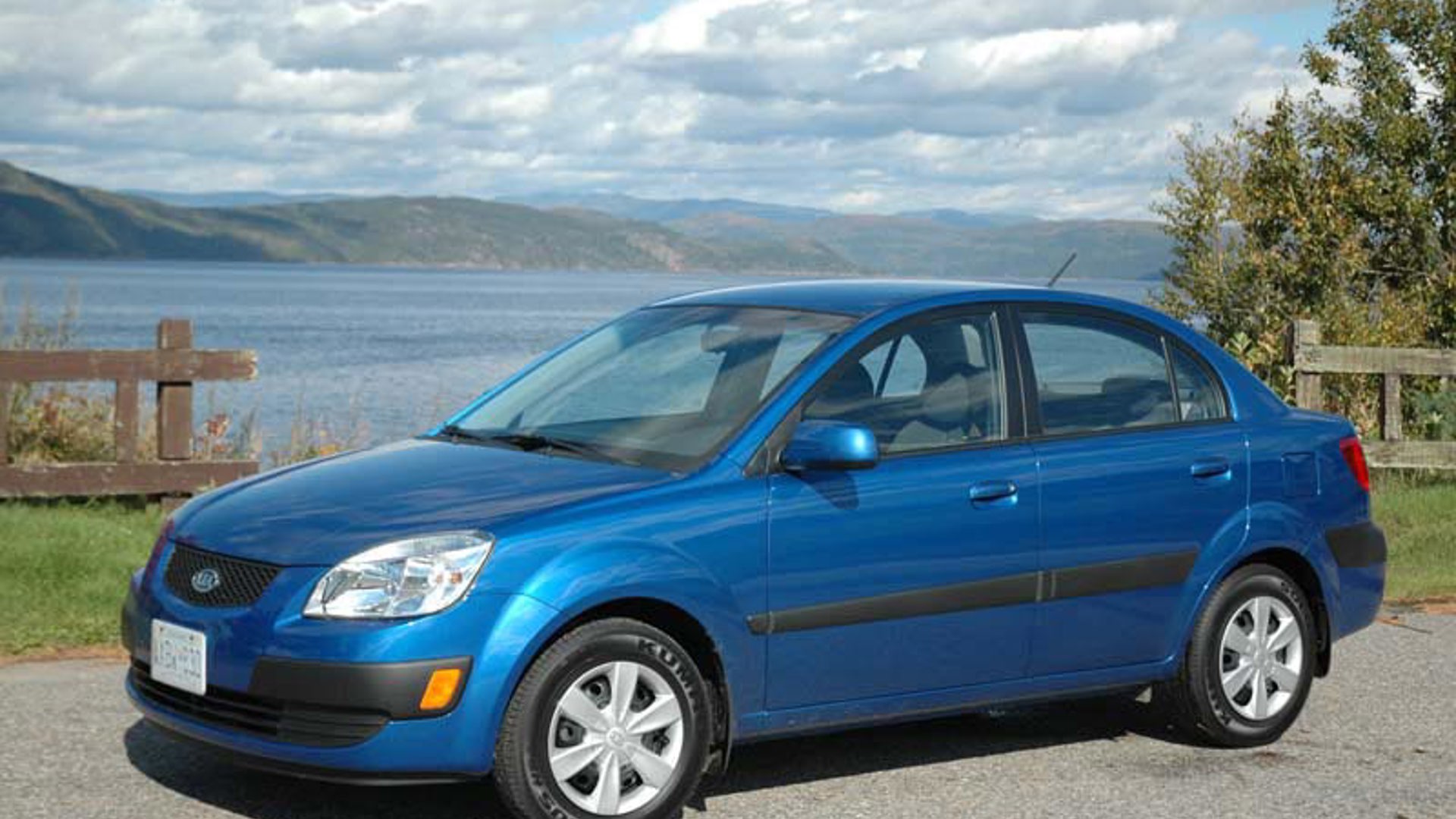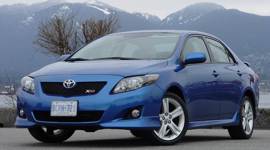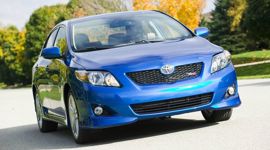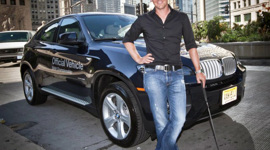For some, the Toyota Corolla is an obstacle. They're everywhere on the roads and, particularly when it comes to the beige variety, are frequently slow-moving. Like the Civic, the Sentra, the Focus, and other modestly powered economy cars, the Corolla tends to fade into the background – unless, of course, it's part of the knot of traffic in your foreground that you just wish would get out of the way.
But that's not right at all. Humble it might be, but for thousands, perhaps millions of Canadians, the Toyota Corolla is a worthy and noble steed. Well, not noble, not exactly, but reliable, and efficient, and dependable. These are not descriptors to excite passion if you're looking for a romantic partner, but when it comes to wheeled transportation, the Corolla is as faithful as a Labrador Retriever.
This year, Toyota celebrates its fiftieth year selling cars in Canada. That's a full half-century of getting people where they're going with little fuel and less fuss. Here's a look back at the evolution of the Corolla and how it became a Canadian and global bestseller.
The 1960s
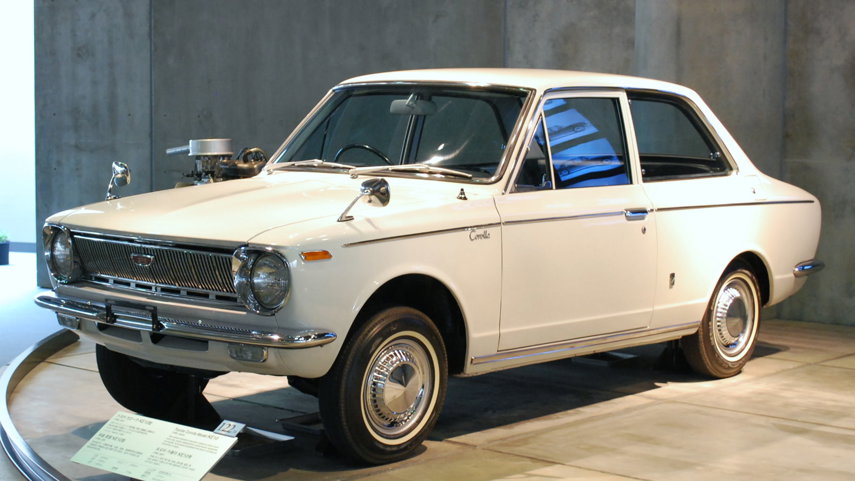
So what's a “Corolla” anyway? Like most of Toyota's passenger cars, the name comes from a type of crown (in this case, a garland resembling the internal structure of a flower). In fact, were you to visit Japan today, odds are the taxicab you'd catch a ride in would be a Toyota Crown, one of the company's earliest nameplates.
When Toyota entered the Canadian market in the 1960s, it did so with the early Crown, with the Corolla arriving a little later on the scene. It was a slow first toehold in the market, with a very modestly powered 1.1L or 1.2L four-cylinder making 60 and 65 hp respectively.
This was only the first beachhead for the Corolla, which represented an inexpensive alternative to a full-sized car, and competed head-on with Datsun. However, it would not be until the following decade that this little rear-drive machine would really gain any traction.
The 1970s
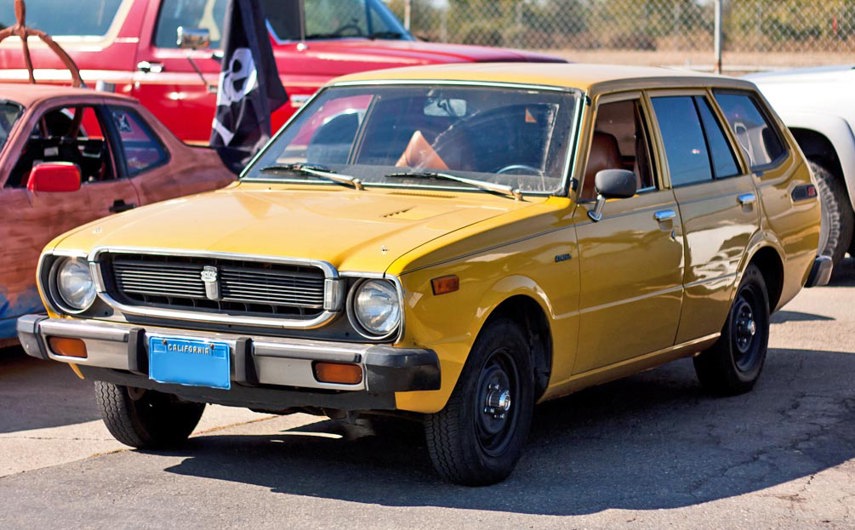
Taken as a whole, the seventies may be seen as analogous to the mass extinction of the dinosaurs. The environment changed – in this case, with the 1974 fuel crisis and its repercussions – and suddenly a whole new type of animal would assert dominance. It was small, it was quick, and it was furry. Okay, not furry, I'm getting my early mammals and Toyotas confused again.
The second-generation Corolla soldiered on through the early '70s, but it was the third-gen car, the E30, that would have an almost serendipitous debut. Released in August of 1974, it was perfectly poised to take advantage of the sudden consumer shift away from gas-hog leviathans to small, efficient cars.
You could get the Corolla in sedan, hatchback, coupe, and wagon variants, and there were two engines on offer: one a 1.2L 55-hp four-banger, and the other a 1.6L motor making 75 hp. Hardly the stuff to make you sit up and take notice, but in terms of durability and economy, it was the right car at the right time.
The 70s also saw the introduction of Toyoglide, a two-speed and later three-speed automatic transmission. Power went to the rear wheels in all cases, but don't think that a 55 hp automatic econobox had any sporting pretensions. The Corolla was cute, but it was transportation, pure and simple.
The 1980s
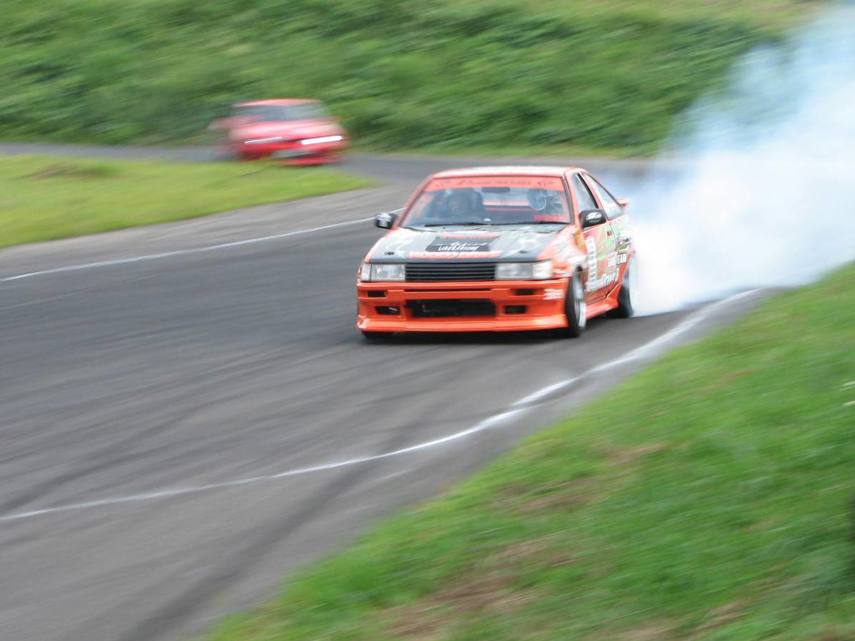
When the fourth-generation Corolla arrived with squared-off styling and slightly improved performance, who could have guessed that it would become a cult icon. Not the standard car, obviously; that remained a humble little box which now had available power steering and a new single-overhead-cam 1.6L engine.
No, we're talking about the Corolla GT-S, known to Toyota fanboys as the AE86, or the Hachi-Roku (literally, eight-six in Japanese). Ever look at the side-badge of a Scion FR-S and wonder why the twin-pistons are flanking a stylized “86”? This is why.
Available only in the two-door models and liftbacks, the sportiest Corollas came equipped with a 1.6L DOHC engine bearing the code 4A-GE. It made 112 hp, which seems fairly modest by today's standards, but the chassis had almost perfect balance and was very lightweight.
Moreover, the Corolla GT-S would feature as the hero car in the following decade for a comic strip featuring a tofu-delivering teenager. The series was called Initial-D and its signature black-and-white “panda”-pattern car would go on to spawn a whole new generation of racers. It could even be argued that this GT-S is responsible for the entirety of modern drift culture.
Whatever the case, an unmodified AE86 GT-S is now a very rare bird indeed. A collectable Corolla? If you find one, hang on to it – the last rear-drive Corollas stopped production in 1987.
For the average Canadian consumer, however, the 1980s marked the move for Corolla sedans to front-wheel-drive tractability and homegrown content. Toyota Motor Manufacturing Canada broke ground in Cambridge, Ontario, in May of 1986, and the first Canadian-made Corolla rolled off the line in November of 1988. It wasn't a sporty version, but a four-door workhorse, the backbone of the breed.
The 1990s
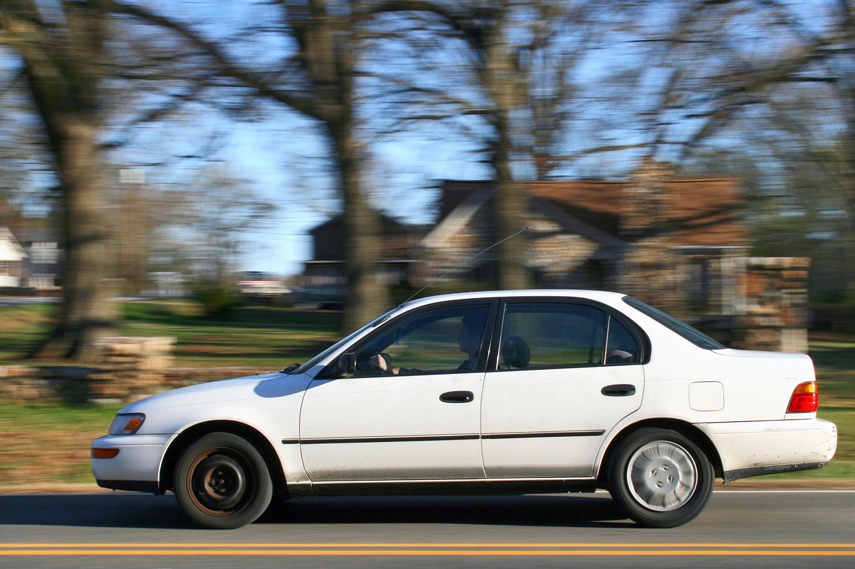
Crossing into the next decade, the Corolla began offering some rather interesting variants. First there was the front-drive GT-S model, which, while not as interesting on paper as its rear-drive ancestors, got a significant power bump, and could be set up to handle quite sharply.
Better known, and much-missed, is the old All-Trac Corolla Wagon. With a small footprint, rally-derived all-wheel-drive, and a useful and spacious layout, the All-Trac was essentially a Toyota version of the idea with which Subaru would have such success. If it survived the rust brought on by a lifetime of romping through the snow, an All-Trac would make for an ideal ski-bum vehicle.
However, the bulk of the 1990s would see the Corolla become a banner-carrier for beige, featuring a 1.6L engine making between slightly more than 100 hp, or a 1.8L engine with about 15 percent more power. Heavier and more comfort-oriented, the seventh-generation Corolla was neither exciting to look at, nor much fun to drive, even with a manual. It was, however, an absolute tank in terms of durability, and could be passed down through several generations in a family.
Cheap to run, inexpensive to insure, light on fuel, and easy to maintain: again, nothing to set your pants on fire, but always there when you need it.
The 2000s
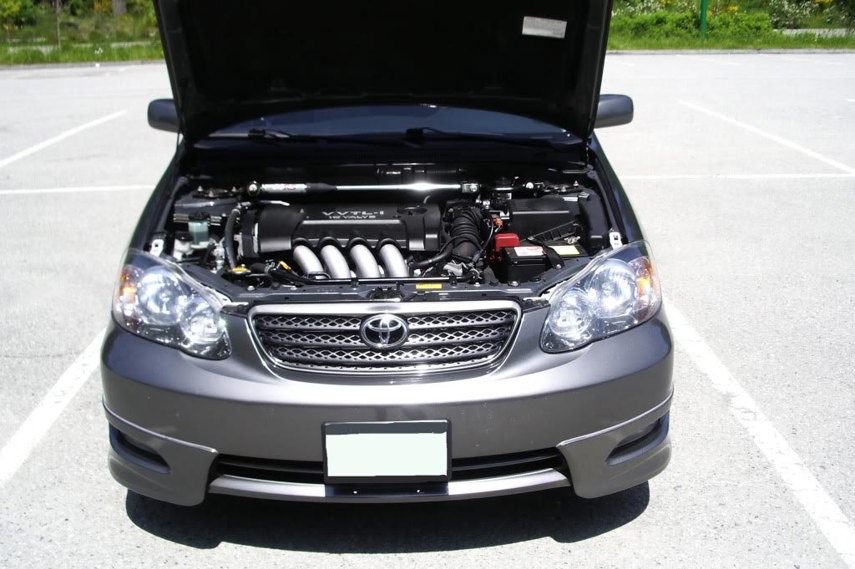
Starting in the model year 2000, the Corolla got a bit more shove thanks to variable valve timing, with total output from the workhorse 1.8L engine now making 125 hp. You could get it with a four-speed automatic, air-conditioning, a sunroof, 60/50 split rear seats. Nothing was revolutionary, but there were a few niceties to be had.
For those interested in a little more practicality, the Corolla sedan had also spawned the Matrix. A usefully sized hatchback, the Matrix shared many components with the Corolla sedan, but came with flat-folding rear-seats, clever cargo-area organization, and plenty of cubbyholes everywhere.
If you were into sport compact performance in the mid-2000s, chances were you were after something like a Honda Civic Si. However, Toyota had an option as well, potentially one of the best-kept secrets in their range.
It was called the Corolla XRS, and it looked almost identical to the standard sedan, apart from a mild body kit, tacked-on spoiler, and 16-inch alloys. Big deal, right? Well, under that hood was a 1.8L engine that revved to 7,600 rpm and cranked out 170 hp. The suspension is lowered, there are Yamaha-tuned braces to stiffen the chassis, it had a cable throttle and unique power steering for better feel, and the only transmission option was a six-speed close-ratio manual gearbox.
Available only in the 2005 and 2006 model years of this generation, the XRS is a hidden gem. Meanwhile, the regular consumer cars continued to improve, gaining more available equipment year by year, including a twentieth anniversary edition model built to celebrate two decades of Canadian production.
2010 to today
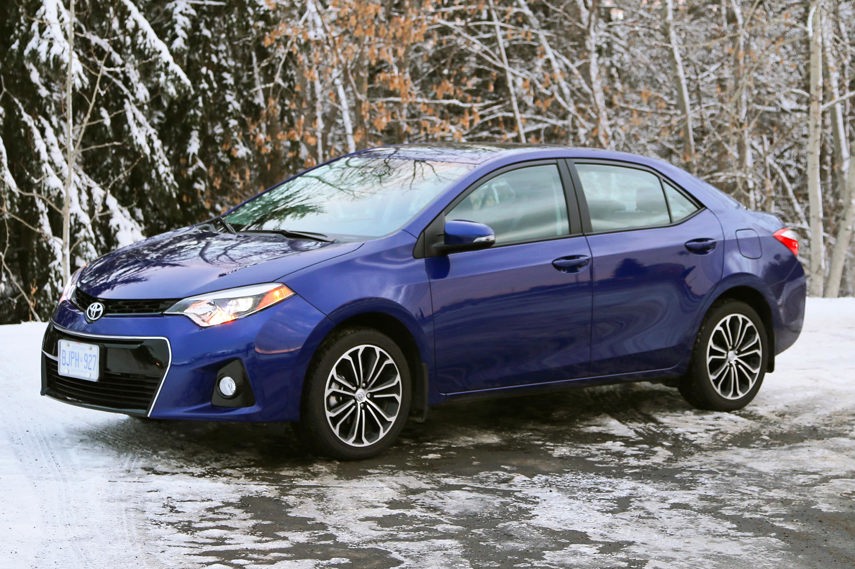
Canadians obviously liked at least the idea of a sportier Corolla as the XRS trim returned in 2009 and hung around in our market past 2010, albeit in a slightly watered-down format. It now had a larger and torquier 2.4L engine with a more-flexible powerband suitable for day-to-day driving, but was also slower and duller to drive.
Still, it was sportier than anything you could get in the US. Other Canadian-built Corollas got MP3 connectors, better audio, and other upgraded amenities, as the buying public insisted on better equipment even in the economy models.
With this in mind, the latest-generation Corolla was launched with much fanfare and a host of new technologies tied to Toyota's Entune system. When compared to other cars in the segment, it's larger and more comfortable, particularly in the back seat, and works just fine pulling double-duty as a day-to-day commuter and a family car for a longish road trip. You can still get the base model with a stone-age (and granite-durable) four-speed automatic, but most Corollas now come with a CVT for improved fuel economy.
A Sport model is still available, though it's a pretty far cry from anything the GT-S or XRS once embodied. The look is there, but Toyota no longer offers a performance-tuned alternative to something like the Honda Civic Si, or Volkswagen GTI, or even the new turbocharged models from Kia.
What it does offer is simplicity, comfort, durability, and economy. Turns out, these are the features people actually want more than sharp turn-in, or maximum road-handling, or ferocious acceleration. The Corolla may not be as exciting as other four-wheeled conveyances, but if the thrills don't come from the drive, perhaps they'll be found in the journey. And, while on that journey, few cars are as faithful a travelling companion as the humble Toyota Corolla.

